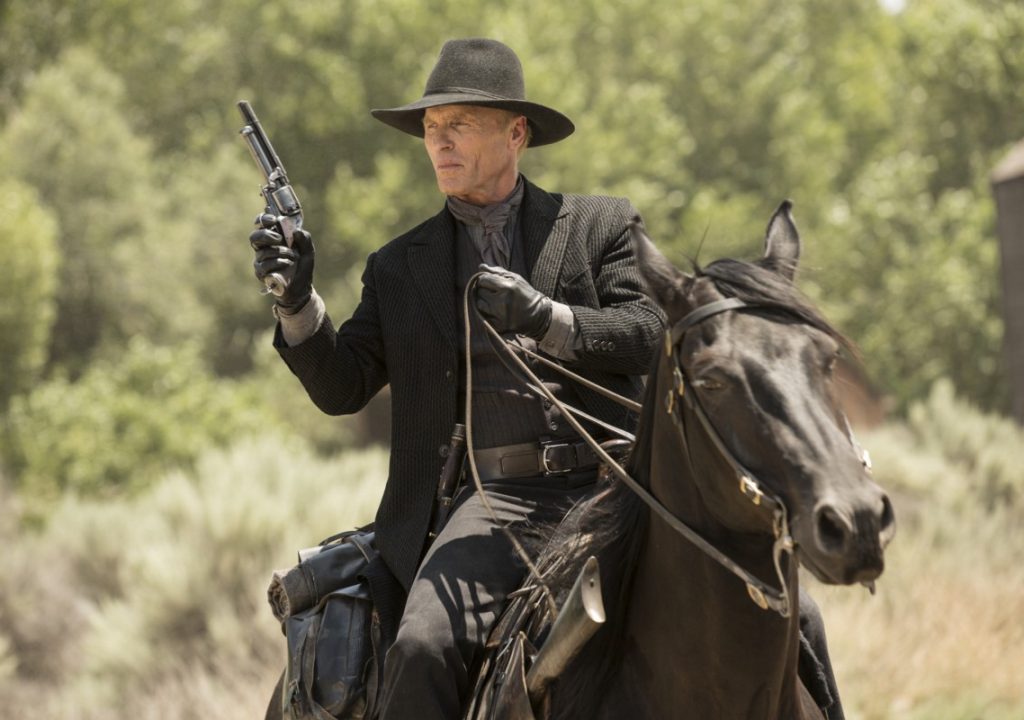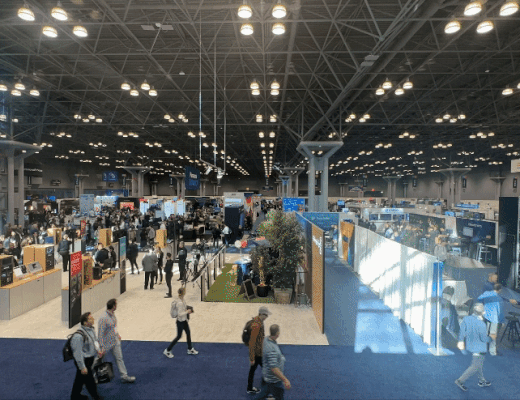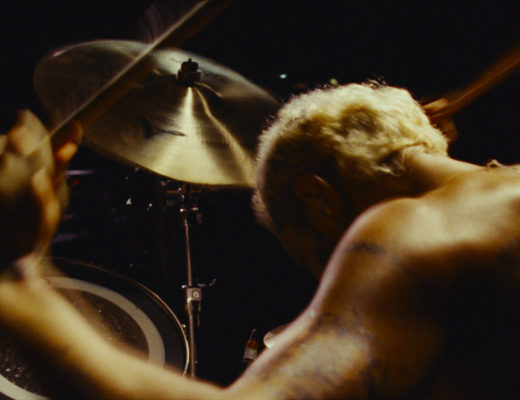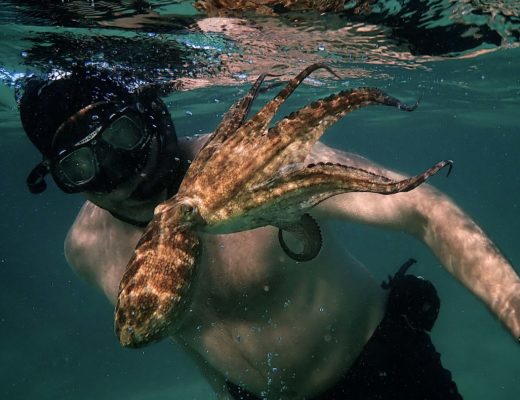Today’s Art of the Cut is with the editing team behind the critically acclaimed HBO series Westworld. Discussing their work on the series are editors Andrew Seklir, Tanya Swerling, Mark Yoshikawa and post production producer (and Westworld pilot editor), Stephen Semel. You can watch some free episodes here.
HULLFISH: Why don’t you each tell me a little bit about how you got into editing and some of the work you did before Westworld.
TANYA SWERLING: I got into editing sort of by accident. I started working in the industry at Stephen J. Cannell Productions back in the late ‘80s (21 Jump Street, Hardcastle and McCormick, The A Team). My father is a retired television producer and he worked there. So nepotism worked in my favor and I was hired as the post-production receptionist. Cannell had about seven hours of television on the air going back when there were only four networks. There was a lot of opportunity to learn there, and I was just around editing. I kind of lucked into it. I became an apprentice just as things shifted to the computer, so it made it a lot easier for me to learn what an assistant did while also driving around town picking up dailies and dropping off optical counts. Editing just really suited me. I always compare it to doing a puzzle, which is something I enjoy, and I also do very well alone in a dark room. I just fell in love with the process and from there I just got some good jobs and met some really great people that have hired me again and again and was lucky enough to be a part of some pretty cool shows: Westworld obviously being one of them.
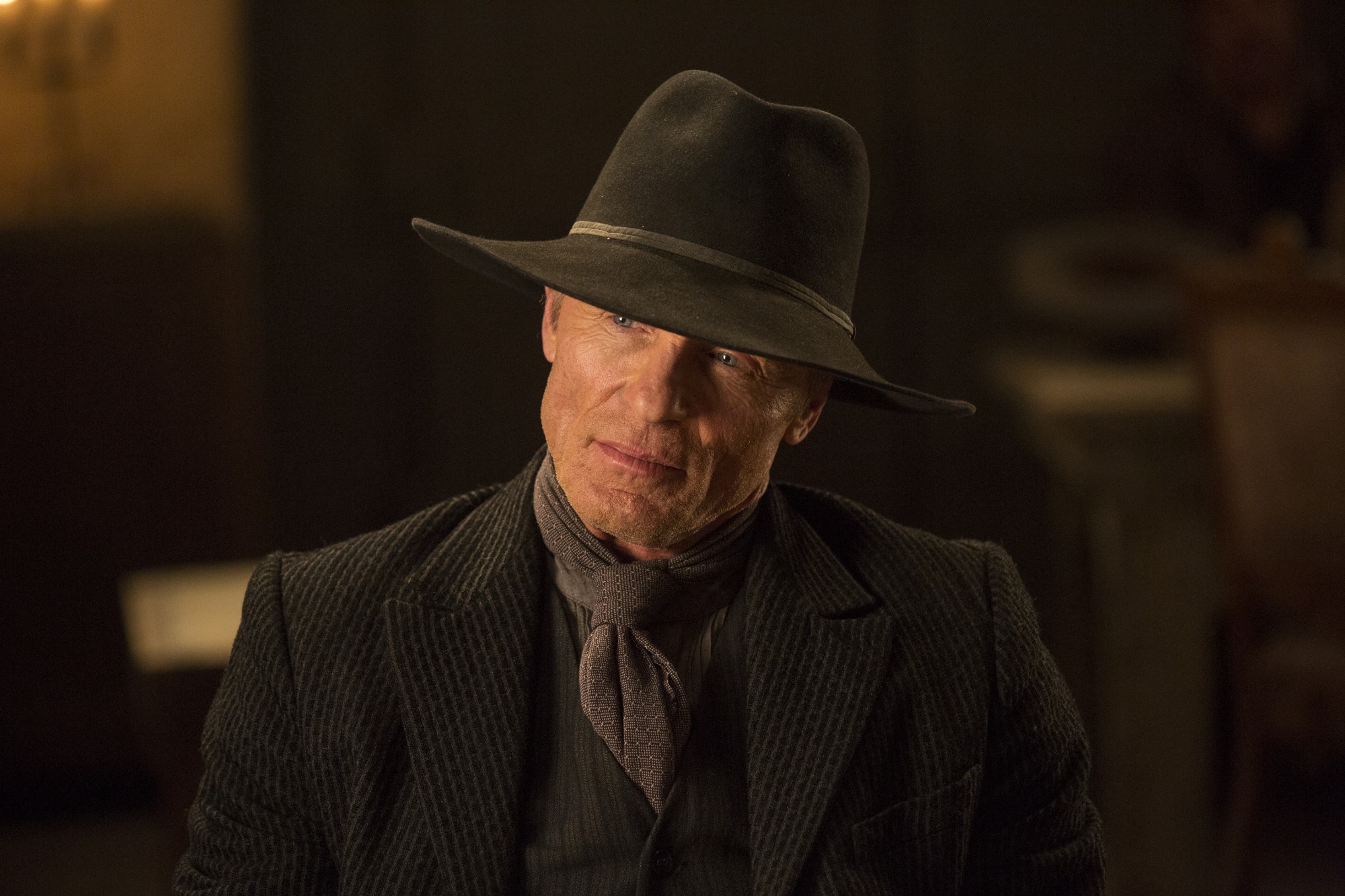 Just before Westworld I did Ray Donovan for a season. And I did a show for Sundance called The Red Road and before that I worked for Bad Robot doing a show called Fringe for five seasons. I started out editing on that show and became a producer. They liked having an editorial producer to help transition shows from director’s cut into producer’s cut. It was a lot of work and certainly a labor of love, but I think it also helped inform my editing a lot because I find that when you’re not dealing with the technical aspects of editing and you’re just completely free to think of things creatively, you’re less limited. Your imagination is freer to explore possibilities because you’re not so aware of the mismatch, the blink, the continuity. You’re freer to think about how to tell the story better and hopefully that’s informed my editing and made me a better editor along the way.
Just before Westworld I did Ray Donovan for a season. And I did a show for Sundance called The Red Road and before that I worked for Bad Robot doing a show called Fringe for five seasons. I started out editing on that show and became a producer. They liked having an editorial producer to help transition shows from director’s cut into producer’s cut. It was a lot of work and certainly a labor of love, but I think it also helped inform my editing a lot because I find that when you’re not dealing with the technical aspects of editing and you’re just completely free to think of things creatively, you’re less limited. Your imagination is freer to explore possibilities because you’re not so aware of the mismatch, the blink, the continuity. You’re freer to think about how to tell the story better and hopefully that’s informed my editing and made me a better editor along the way.
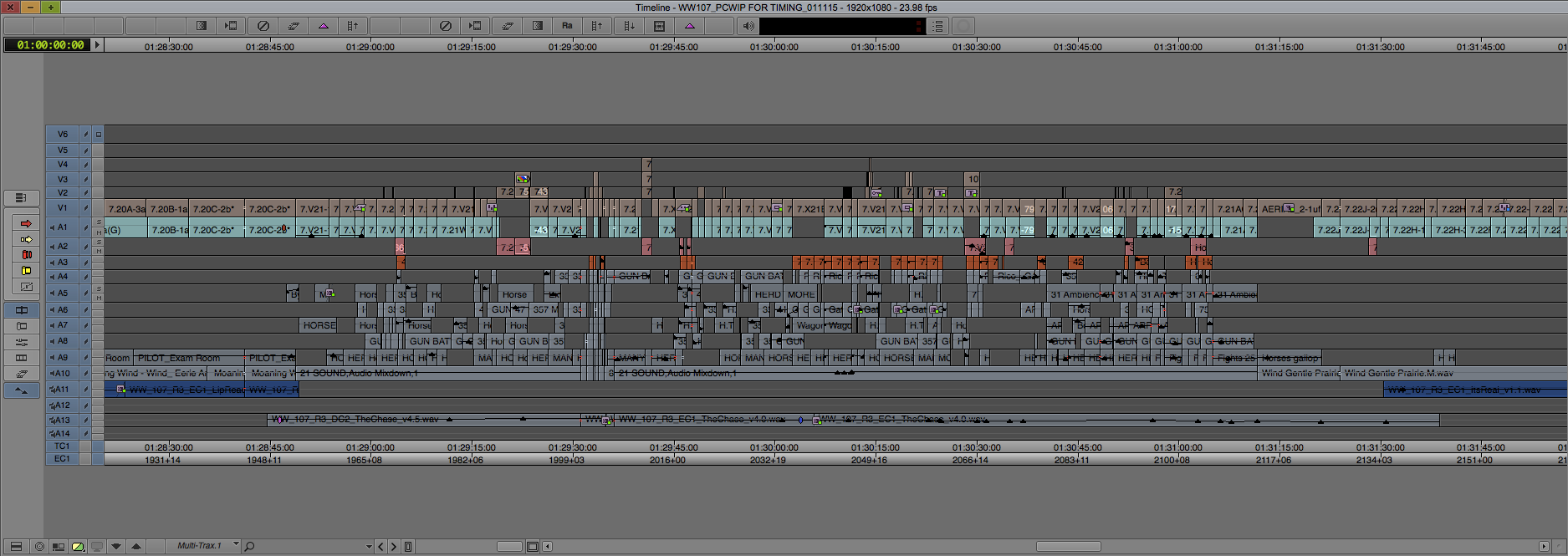
ANDREW SEKLIR: I also just stumbled on it. I was an English major in college and ended up working for a publishing company in New York after graduation. I was studying graphic design at the School of Visual Arts doing evening classes and one night when I was leaving I walked past a room where I saw two guys huddled in front of some monitors and they just looked like they were having the greatest time. I said, “What are you guys doing?” and they said, “Oh, we’re editing a movie.” After that I started taking video editing classes and realized that editing synthesized everything I was interested in regarding narrative and visual design. I really got hooked and I started shooting and editing short films. Then I decided to apply to the American Film Institute to the editing fellowship program and got in. That was in the mid ‘90s right as Avid was starting to take off and I learned the Avid and moved directly into editing all sorts of things: Low budget features and music videos and promos and infomercials and whatever I could get my hands on. Eventually I found my way into feature editing rooms as a film assistant. From there I just kept working and assisting and editing. Before Westworld, I worked on an AMC show called Turn: Washington’s Spies and before that I worked as Supervising Editor/Co-Producer on Battlestar Galactica and a few other series for the SyFy Channel amongst other things.
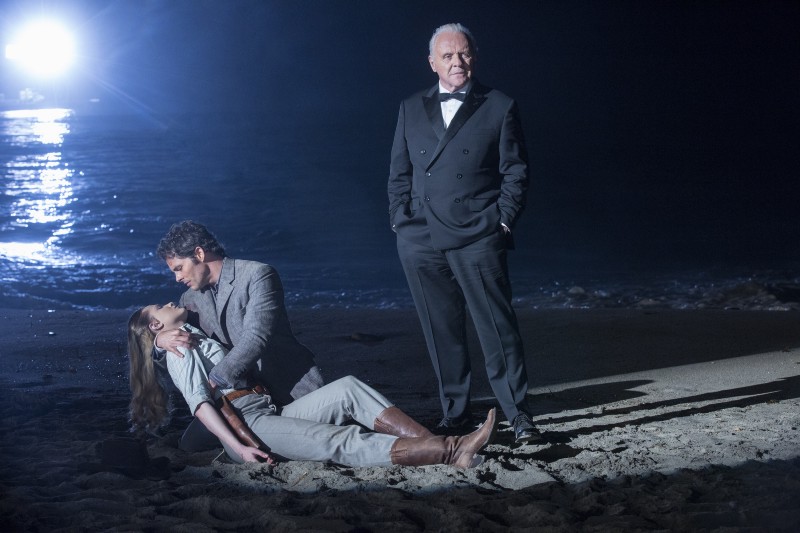 MARK YOSHIKAWA: I always had an interest in film when I was in high school shooting my own movies and then made my way to UC Santa Barbara and studied in their Film Studies Department. There, I naturally gravitated toward editing and loved the process. After moving to LA, I worked as an Assistant Editor for about 10 years, working my way up the ladder. I had a couple of great mentors in Richard Chew and Robert Leighton and they really helped me move on up and around 2005 started editing mainly on the Terrence Malick films (The New World, The Tree of Life, To The Wonder). More recently before Westworld, I was on the last two Hunger Games movies: Mockingjay Part 1 and 2. Westworld is really my first experience on a full season of TV and it proved to be a great project and welcome opportunity. I had been looking to get into TV to see what that side of the world was like, and this was the perfect show to jump in on.
MARK YOSHIKAWA: I always had an interest in film when I was in high school shooting my own movies and then made my way to UC Santa Barbara and studied in their Film Studies Department. There, I naturally gravitated toward editing and loved the process. After moving to LA, I worked as an Assistant Editor for about 10 years, working my way up the ladder. I had a couple of great mentors in Richard Chew and Robert Leighton and they really helped me move on up and around 2005 started editing mainly on the Terrence Malick films (The New World, The Tree of Life, To The Wonder). More recently before Westworld, I was on the last two Hunger Games movies: Mockingjay Part 1 and 2. Westworld is really my first experience on a full season of TV and it proved to be a great project and welcome opportunity. I had been looking to get into TV to see what that side of the world was like, and this was the perfect show to jump in on.
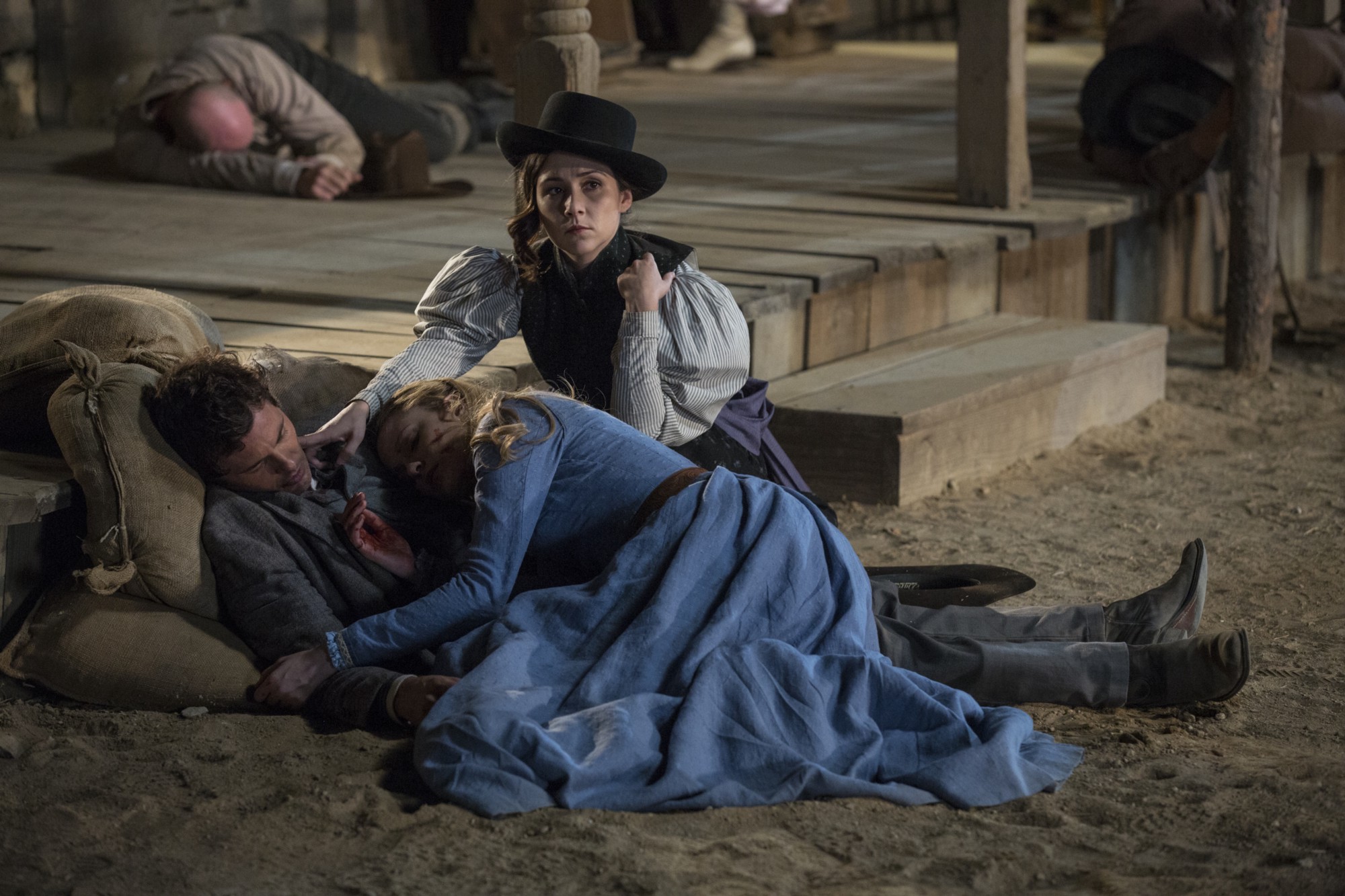 STEVE SEMEL: I studied filmmaking the last two years I was in school and when I graduated I knew I wanted to have a career as a filmmaker. I moved to San Francisco and got a job — which no longer exists — doing sound transfers on The Godfather Part 2. And when those American Zoetrope folks came back from the Philippines on Apocalypse Now they took me on as an apprentice editor. That was my introduction to the editing room. It was a two and a half year gig during which I became an assistant editor for Walter Murch and then for Richard Marks. When Apocalypse ended I moved to Los Angeles and with an introduction from Richie Marks, I became Arthur Schmidt’s assistant and worked on three films with him, including Fandango. During the post-production of Fandango, we were put on hiatus while we waited for Kevin Costner’s availability to do reshoots, and Artie left to go do another film. The director, Kevin Reynolds and I were the same age and got along well, so when the movie came off hiatus Kevin asked me to come back as the editor. From that point on I mostly worked as an editor. But I also worked on television projects in this role of editing producer who facilitates things for the showrunners. When the showrunner is not able to work with the editor, the baton is given to me. I started to work for Bad Robot as an editor on the series Lost. After Lost, one of the executive producers, Bryan Burk, asked me if I would do the editing producer job on Person of Interest, as he’d previously asked Tanya to do it on Fringe. That’s how I met Jonathan Nolan and four years later, when Jonah began to talk about Westworld, I asked him if I could edit the pilot, which Jonah directed. After the pilot I returned to the role of editing producer for the remainder of the first season.
STEVE SEMEL: I studied filmmaking the last two years I was in school and when I graduated I knew I wanted to have a career as a filmmaker. I moved to San Francisco and got a job — which no longer exists — doing sound transfers on The Godfather Part 2. And when those American Zoetrope folks came back from the Philippines on Apocalypse Now they took me on as an apprentice editor. That was my introduction to the editing room. It was a two and a half year gig during which I became an assistant editor for Walter Murch and then for Richard Marks. When Apocalypse ended I moved to Los Angeles and with an introduction from Richie Marks, I became Arthur Schmidt’s assistant and worked on three films with him, including Fandango. During the post-production of Fandango, we were put on hiatus while we waited for Kevin Costner’s availability to do reshoots, and Artie left to go do another film. The director, Kevin Reynolds and I were the same age and got along well, so when the movie came off hiatus Kevin asked me to come back as the editor. From that point on I mostly worked as an editor. But I also worked on television projects in this role of editing producer who facilitates things for the showrunners. When the showrunner is not able to work with the editor, the baton is given to me. I started to work for Bad Robot as an editor on the series Lost. After Lost, one of the executive producers, Bryan Burk, asked me if I would do the editing producer job on Person of Interest, as he’d previously asked Tanya to do it on Fringe. That’s how I met Jonathan Nolan and four years later, when Jonah began to talk about Westworld, I asked him if I could edit the pilot, which Jonah directed. After the pilot I returned to the role of editing producer for the remainder of the first season.
HULLFISH: What’s the schedule like?
STEVE SEMEL: That would be a difficult question, Steve. (group laughs) This turned out to be much more like editing a 10-hour film than editing 10 one-hour television shows. There were really no procedural elements in the story-telling and every episode built completely on the previous episodes. There was an initial schedule of about 15 days of production per episode, then the editor got four or five days and then the director got four days before the producers got it. In point of fact the shows stacked up so that giving the editors or the directors a little more time was typically not an issue. And I think everybody here would agree that a big part of the process was figuring out as a whole, which scenes belonged in which episodes, regardless of how they were scripted. That’s not to say that we didn’t lock the first few shows before we saw Episode 10, but there was a lot of fluidity and that increased the schedule dramatically.
HULLFISH: You mentioned that it was like editing a 10-hour feature film. The guys from Stranger Things said exactly the same thing: it’s like an eight-hour long movie. Editors usually cut scenes out of context and out of order. You can look at a script, but it’s not until you see the scenes in context that you can really refine the scene. So if you’ve got a 10-hour long movie and you’re only one of three editors cutting the entire thing, what are you doing to try to keep that 10 hours in context instead of just your one hour in context?
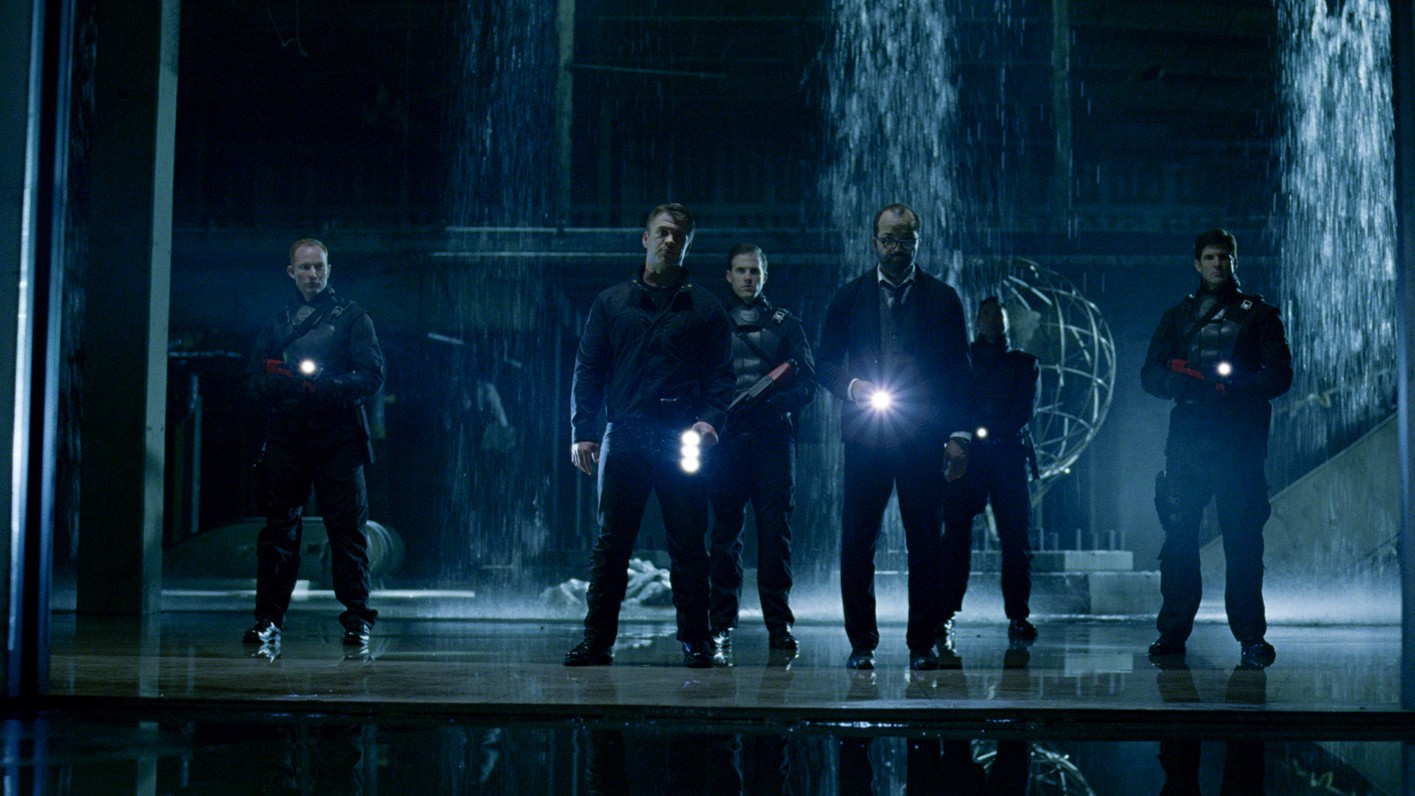 MARK YOSHIKAWA: It was my first experience working on something this collaboratively where people were working on other sections, essentially completely outside of your knowledge. It was so welcome and wonderful for me to be able to work so closely with Tanya and Andy and be able to see their cuts very early on – as early as the director’s cut – and to be familiar with what is happening in those shows. And of course the showrunners, Jonah and Lisa Joy and Steve, would be in there making sure there was continuity between episodes both narratively and stylistically. It was much easier for us to sit in the same room and talk about which scenes or what storyline and which characters may need to shift just for narrative purposes.
MARK YOSHIKAWA: It was my first experience working on something this collaboratively where people were working on other sections, essentially completely outside of your knowledge. It was so welcome and wonderful for me to be able to work so closely with Tanya and Andy and be able to see their cuts very early on – as early as the director’s cut – and to be familiar with what is happening in those shows. And of course the showrunners, Jonah and Lisa Joy and Steve, would be in there making sure there was continuity between episodes both narratively and stylistically. It was much easier for us to sit in the same room and talk about which scenes or what storyline and which characters may need to shift just for narrative purposes.
TANYA SWERLING: A lot of times in television, especially when you make 22 episodes, you get so bogged down in your episodes; it’s really hard to have the time to read all of the scripts and see the other Editor’s cuts. That makes me feel less connected to the big picture and one of the things that was wonderful about this experience was that we had the time to sit and watch each of the episodes together. We could even watch a couple of them in a row to make sure we felt the scenes were playing correctly, in the proper episode. It just makes you feel like you’re a part of a big, creative team. To me that is just a gift and it was a wonderful experience to be able to do that.
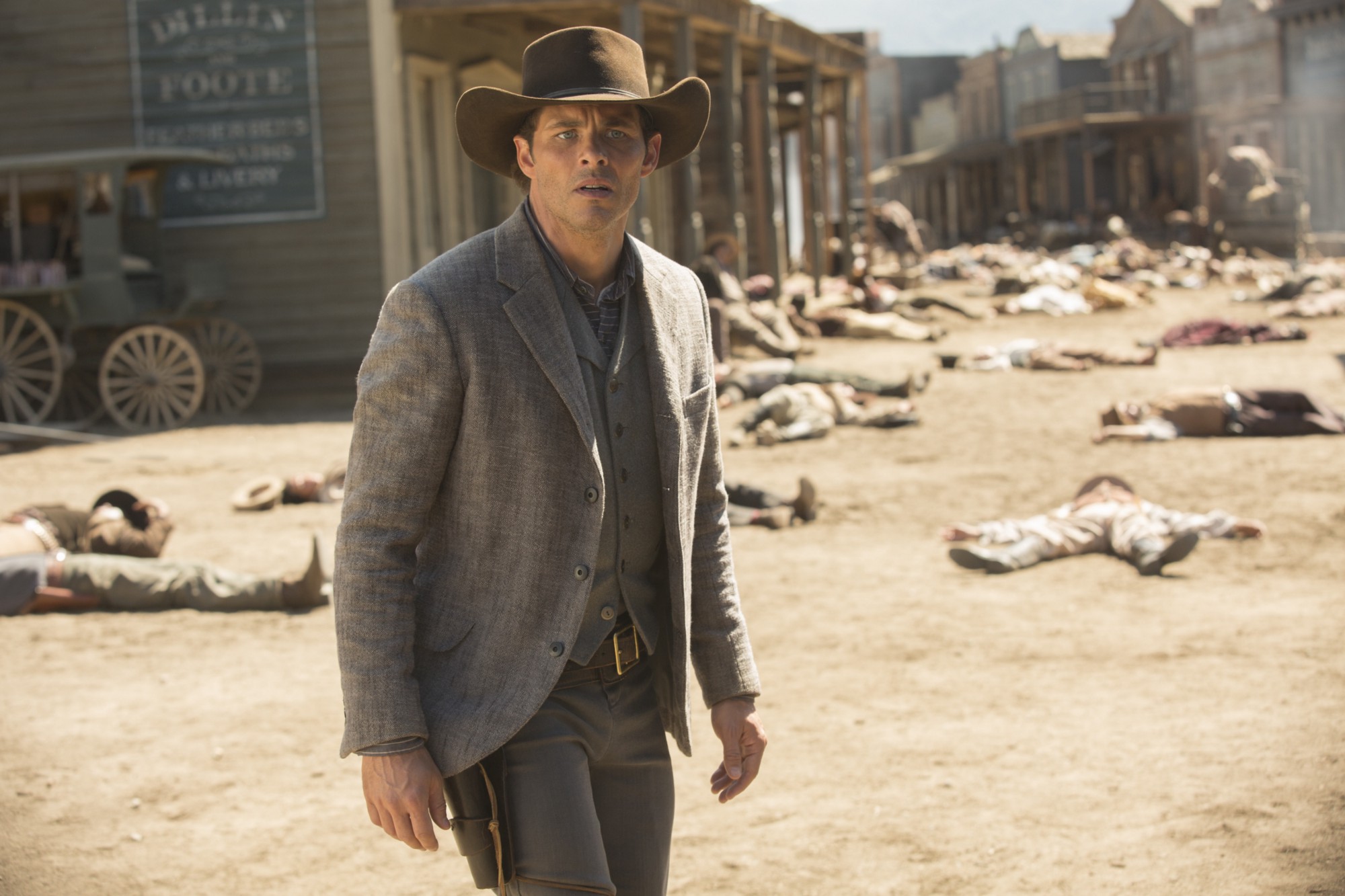 ANDREW SEKLIR: I would second that. One of the greatest things about this show is the collaborative nature of building the series together as a team rather than just everybody working discreetly on their own. I think the show really benefited from all the creative minds coming together and sharing what they know.
ANDREW SEKLIR: I would second that. One of the greatest things about this show is the collaborative nature of building the series together as a team rather than just everybody working discreetly on their own. I think the show really benefited from all the creative minds coming together and sharing what they know.
HULLFISH: Do you see a trend that it’s going to become more collaborative in television instead of more isolated?
STEVE SEMEL: I think it depends on the temperament of the showrunners and it depends on the material, the writing. Jonah and Lisa clearly believe in the value of collaboration. Other showrunners are less collaborative, it’s just their process. Some material allows you more independence because it’s more procedural or because it explores a different character every week. But for Westworld: the huge puzzle element, the way in which the character arcs were built and re-edited from script to script – all of that necessitated that we work together because every episode was linked to the episodes before and after.
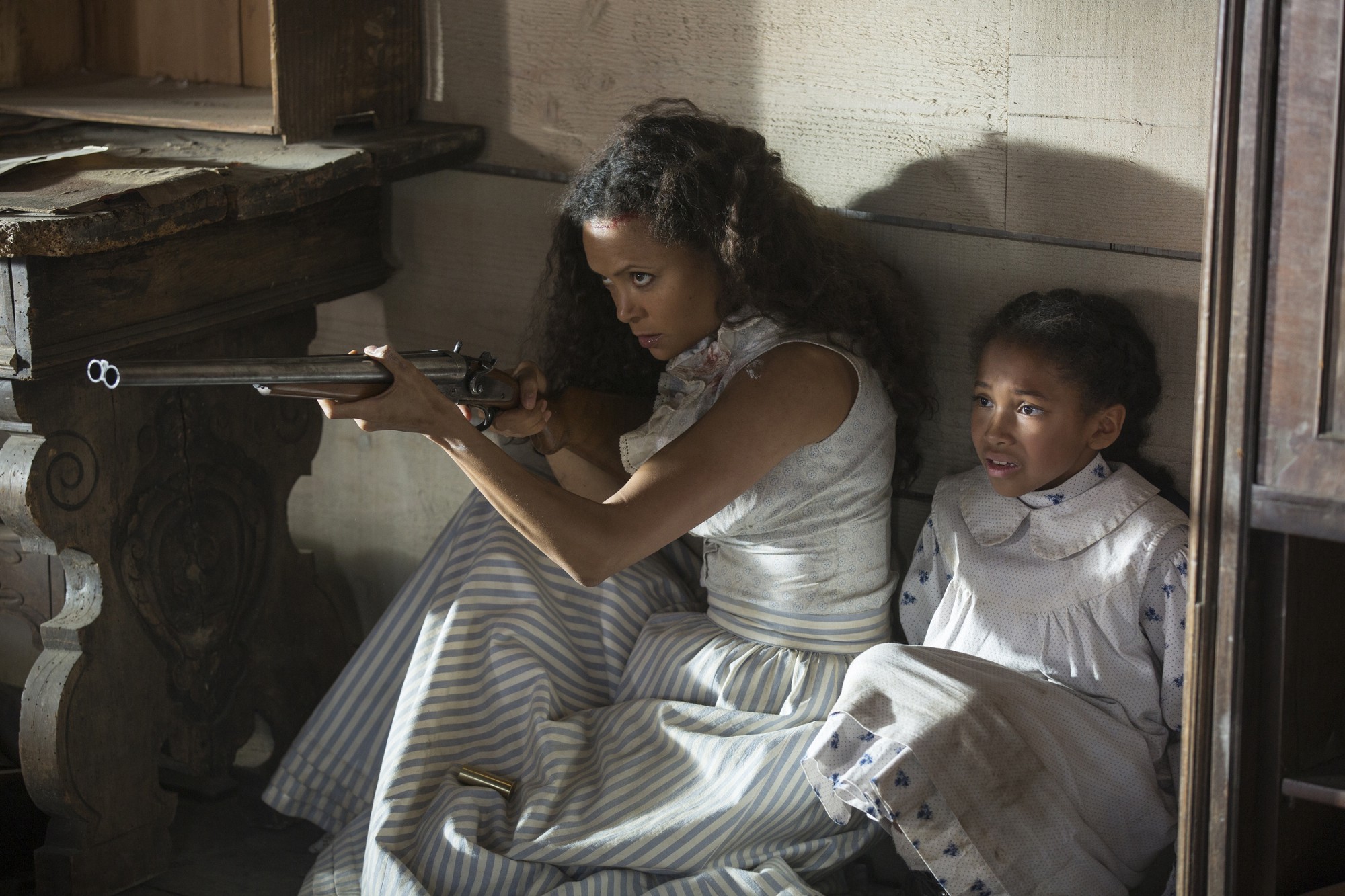 TANYA SWERLING: Based on the experience of the show I’m working on right now, the hardest thing I think in television is that with technology improving and cameras improving – although Westworld was shot on film – editors receive so much material nowadays. I’m currently cutting a half hour show and I’m getting 30-40 hours of film per episode. With that kind of workload, you just don’t have time to spend with each other. On Six Feet Under we used to make it a point to have lunch together and we would watch each other’s cuts at lunch because at least we had an hour. But it just seems like as much as technology is helping to improve how much material production can get in a day, the editors still have to go through every frame of that material. It takes a lot of time to, you know sit through five hours of dailies every day and be cutting at the same time. So I hope scheduling in the future takes into consideration how important it is to be collaborative in editorial after first assembly. The first draft of a script isn’t the one that’s filmed. The first take filmed isn’t typically the only one shot or printed. Having time to review and collaborate and evolve the work is so beneficial and the final product is just that much better when the proper amount of time can be spent in editing.
TANYA SWERLING: Based on the experience of the show I’m working on right now, the hardest thing I think in television is that with technology improving and cameras improving – although Westworld was shot on film – editors receive so much material nowadays. I’m currently cutting a half hour show and I’m getting 30-40 hours of film per episode. With that kind of workload, you just don’t have time to spend with each other. On Six Feet Under we used to make it a point to have lunch together and we would watch each other’s cuts at lunch because at least we had an hour. But it just seems like as much as technology is helping to improve how much material production can get in a day, the editors still have to go through every frame of that material. It takes a lot of time to, you know sit through five hours of dailies every day and be cutting at the same time. So I hope scheduling in the future takes into consideration how important it is to be collaborative in editorial after first assembly. The first draft of a script isn’t the one that’s filmed. The first take filmed isn’t typically the only one shot or printed. Having time to review and collaborate and evolve the work is so beneficial and the final product is just that much better when the proper amount of time can be spent in editing.
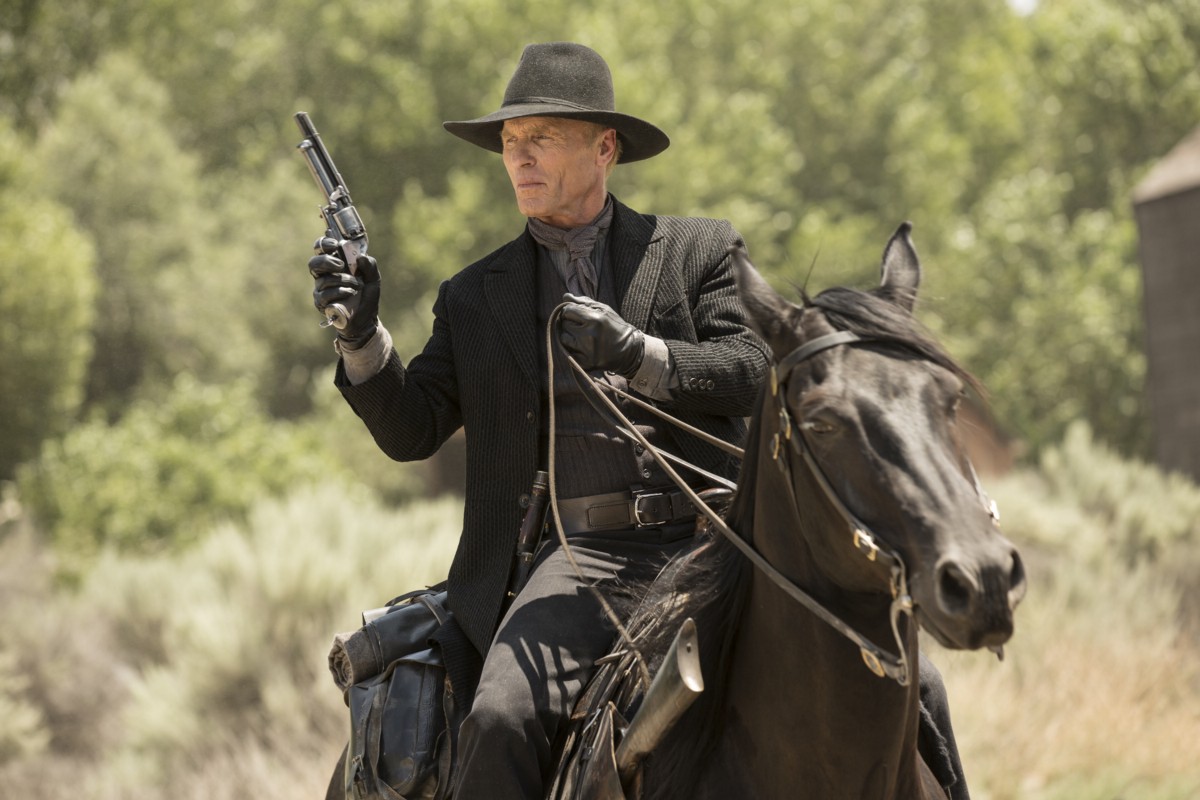 STEVE SEMEL: HBO was totally supportive of taking the time to get it right. And you know that’s not a situation that always exists. A lot of times when shows are picked up for networks, especially for broadcast, a schedule is set in the summertime and then your show is going to premiere on a certain day in September and unless there’s a catastrophe that befalls some aspect of the production or post-production there is no deviation from that schedule. Every show is as good as the amount of time that is given to be that good. If you have two weeks to edit a show, then that’s how good it is going to be. And if you have two months to edit that same material, it’s going to be that much better.
STEVE SEMEL: HBO was totally supportive of taking the time to get it right. And you know that’s not a situation that always exists. A lot of times when shows are picked up for networks, especially for broadcast, a schedule is set in the summertime and then your show is going to premiere on a certain day in September and unless there’s a catastrophe that befalls some aspect of the production or post-production there is no deviation from that schedule. Every show is as good as the amount of time that is given to be that good. If you have two weeks to edit a show, then that’s how good it is going to be. And if you have two months to edit that same material, it’s going to be that much better.
HULLFISH: It’s so nice to have a collaborator that you can even just talk about editing stuff: what’s your favorite shortcut or talk about the art and what’s your favorite movie. Those are great things to be able to sit around and do with other editors.
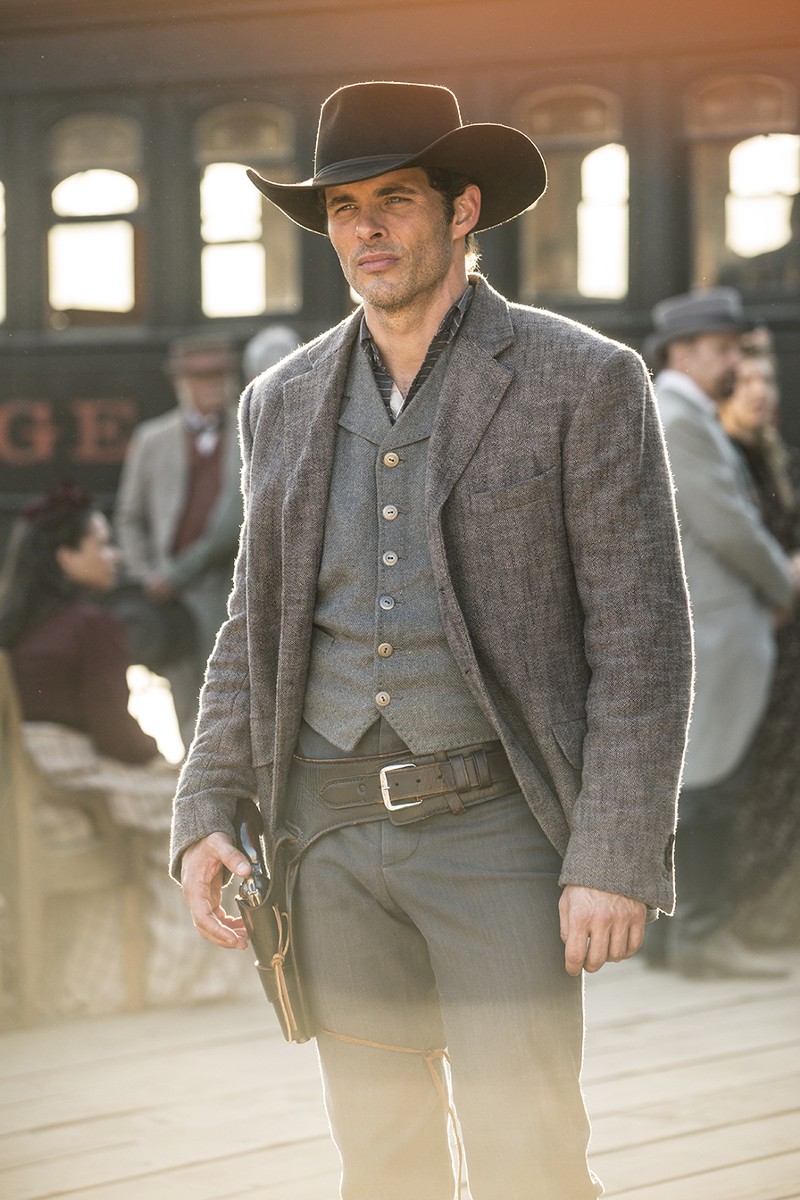 MARK YOSHIKAWA: On this show we had lunch together and that was such a nice part of the day because it was right in the middle of the day and it broke you from your routine, and we were able to get to know each other as people, just as much as the material. And so it really helped when we actually had to work and sit together and figure out how the episodes were going to get split up or how scenes were moving and specifically with this show, towards the end of the season when things started really intercutting and there’s a lot of material that’s shared from earlier episodes and flashbacks or memories or whatever might be used. We were all familiar with how we got to that point. In fact, a lot of us had even shared scenes that got migrated from episode to episode to see where it fit best. And so a lot of us had our fingerprints on a lot of these scenes. So it was really collaborative in that sense it wasn’t just watching, we were really working together.
MARK YOSHIKAWA: On this show we had lunch together and that was such a nice part of the day because it was right in the middle of the day and it broke you from your routine, and we were able to get to know each other as people, just as much as the material. And so it really helped when we actually had to work and sit together and figure out how the episodes were going to get split up or how scenes were moving and specifically with this show, towards the end of the season when things started really intercutting and there’s a lot of material that’s shared from earlier episodes and flashbacks or memories or whatever might be used. We were all familiar with how we got to that point. In fact, a lot of us had even shared scenes that got migrated from episode to episode to see where it fit best. And so a lot of us had our fingerprints on a lot of these scenes. So it was really collaborative in that sense it wasn’t just watching, we were really working together.
HULLFISH: Tanya had mentioned how much footage all of us are getting. How do you watch dailies? Do you literally watch them from the first take to the last take? Many editors, faced with that amount of material are maybe only watching circled takes to assemble a first pass and only going to B negative or non-circled takes once they have an initial structure for a scene.
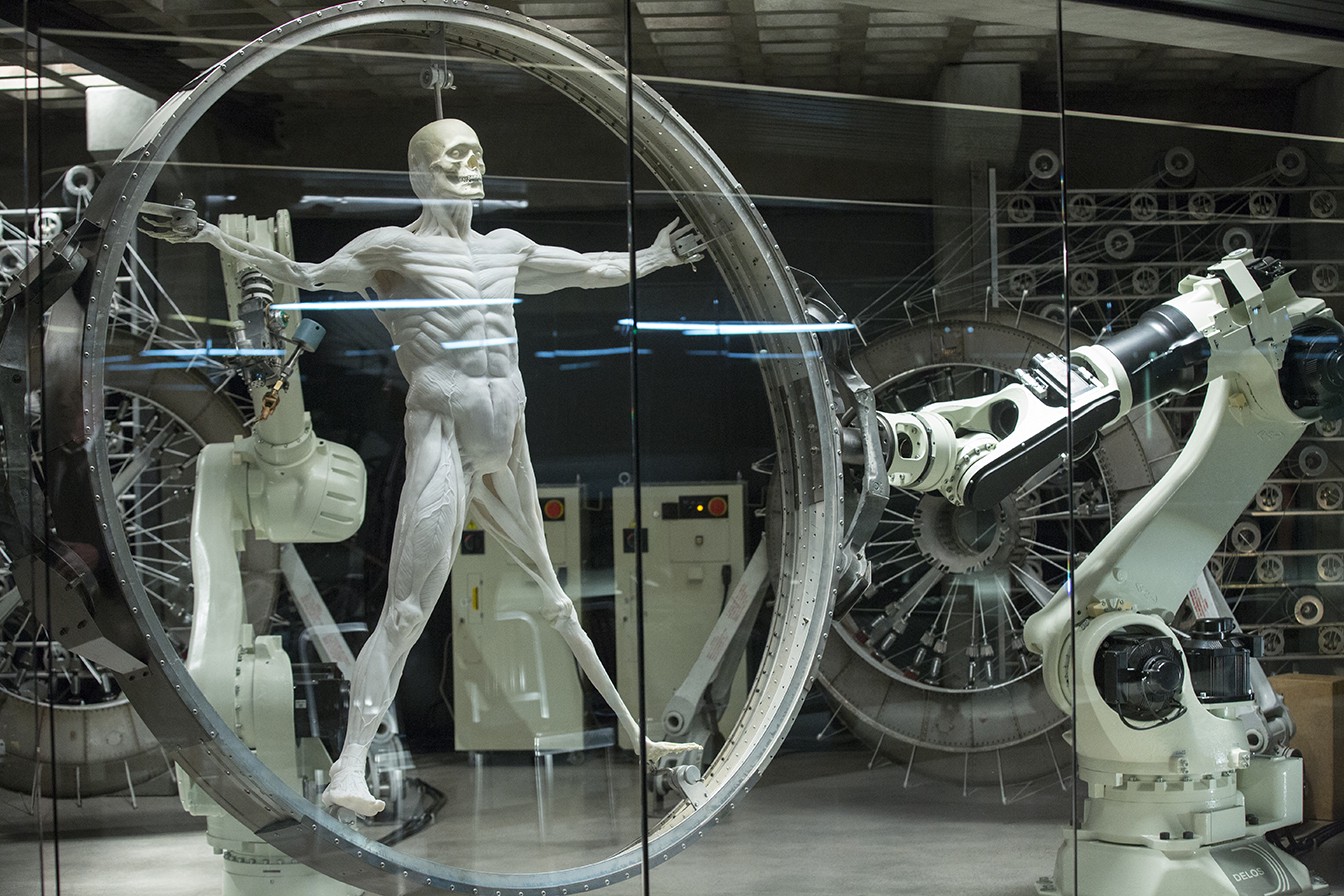 ANDREW SEKLIR: For me it depends on the kind of scene it is, but I try to watch everything and then make selects and then go back and start putting it together. Rarely will I just start watching dailies and just start cutting right away. I need to wrap my head around the camera angles and the performances and what the director tried to change in a performance, or what the performance choices are. That just takes a bit of time. To Tanya’s point and to Steve’s point, I think that when when you have air dates and you’re on a fixed schedule and you’re getting five hours of dailies a day it’s sometimes a case of diminishing returns because it results in more time spent watching footage and less time spent actually crafting a story. I’ve been on shows, like Tanya’s, where you get five or six hours of dailies per day and everything’s shot with three cameras and it just overwhelms the ability to distill a story out of that in the amount of time that you’re given. That kind of scenario can force someone to look for shortcuts in the process, one might start looking at the last take first to see where things ended up and that’s not ideal. I know editors who are under tremendous time pressure who use the ScriptSync feature in the Avid and just line cut scenes and then go back and refine. The problem with these kinds of approaches is that there’s just so much that happens in between lines and with variations in performance from take to take and a lot of editing is just about finding the magic – so when using these tools, one can get robbed of that discovery process. So I still just try to watch everything.
ANDREW SEKLIR: For me it depends on the kind of scene it is, but I try to watch everything and then make selects and then go back and start putting it together. Rarely will I just start watching dailies and just start cutting right away. I need to wrap my head around the camera angles and the performances and what the director tried to change in a performance, or what the performance choices are. That just takes a bit of time. To Tanya’s point and to Steve’s point, I think that when when you have air dates and you’re on a fixed schedule and you’re getting five hours of dailies a day it’s sometimes a case of diminishing returns because it results in more time spent watching footage and less time spent actually crafting a story. I’ve been on shows, like Tanya’s, where you get five or six hours of dailies per day and everything’s shot with three cameras and it just overwhelms the ability to distill a story out of that in the amount of time that you’re given. That kind of scenario can force someone to look for shortcuts in the process, one might start looking at the last take first to see where things ended up and that’s not ideal. I know editors who are under tremendous time pressure who use the ScriptSync feature in the Avid and just line cut scenes and then go back and refine. The problem with these kinds of approaches is that there’s just so much that happens in between lines and with variations in performance from take to take and a lot of editing is just about finding the magic – so when using these tools, one can get robbed of that discovery process. So I still just try to watch everything.
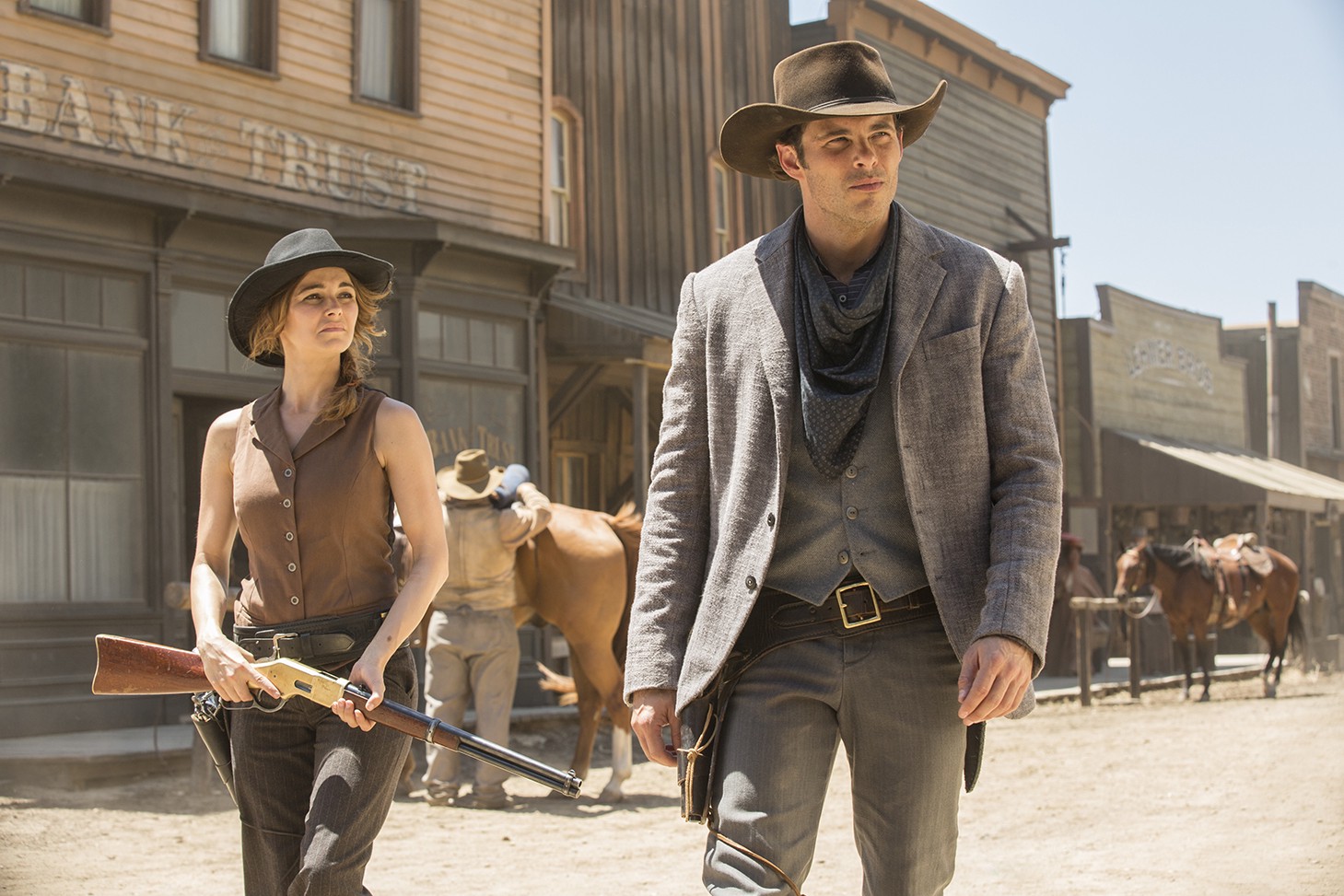 HULLFISH: I would agree that using ScriptSync or many of the methodologies editors use to parse a scene can “rob the discovery process,” which is why many who’ve discussed their use of ScriptSync and Script Integration in this series only use it for specific purposes, like finding alternate takes with the director instead of building a scene from scratch using nothing else. Clearly, ScriptSync is of no use in finding a perfect reaction shot or in building a scene that has a logical progression. So, your solution to getting six hours of dailies is to watch six hours of dailies?
HULLFISH: I would agree that using ScriptSync or many of the methodologies editors use to parse a scene can “rob the discovery process,” which is why many who’ve discussed their use of ScriptSync and Script Integration in this series only use it for specific purposes, like finding alternate takes with the director instead of building a scene from scratch using nothing else. Clearly, ScriptSync is of no use in finding a perfect reaction shot or in building a scene that has a logical progression. So, your solution to getting six hours of dailies is to watch six hours of dailies?
ANDREW SEKLIR: Sometimes I’ll double-speed through parts of it, or additional camera angles, but yeah watch it all and look at the director’s notes.
HULLFISH: Does everybody approach cutting a scene similarly? Because you all have to share so much, are you organizing your bins in the same way?
STEVE SEMEL: I use Script View. I’ll watch all of the dailies for a scene and write my notes for each take in the comments box: preferred performances, or camerawork, or something that gets my attention. If I’ve noted a certain piece because it was so great, I will build the scene knowing that I want to make that great piece land. Not necessarily if it’s an action scene, where I’ll build a selects reel and work from that – but in a scene of any duration where there is a lot of coverage.
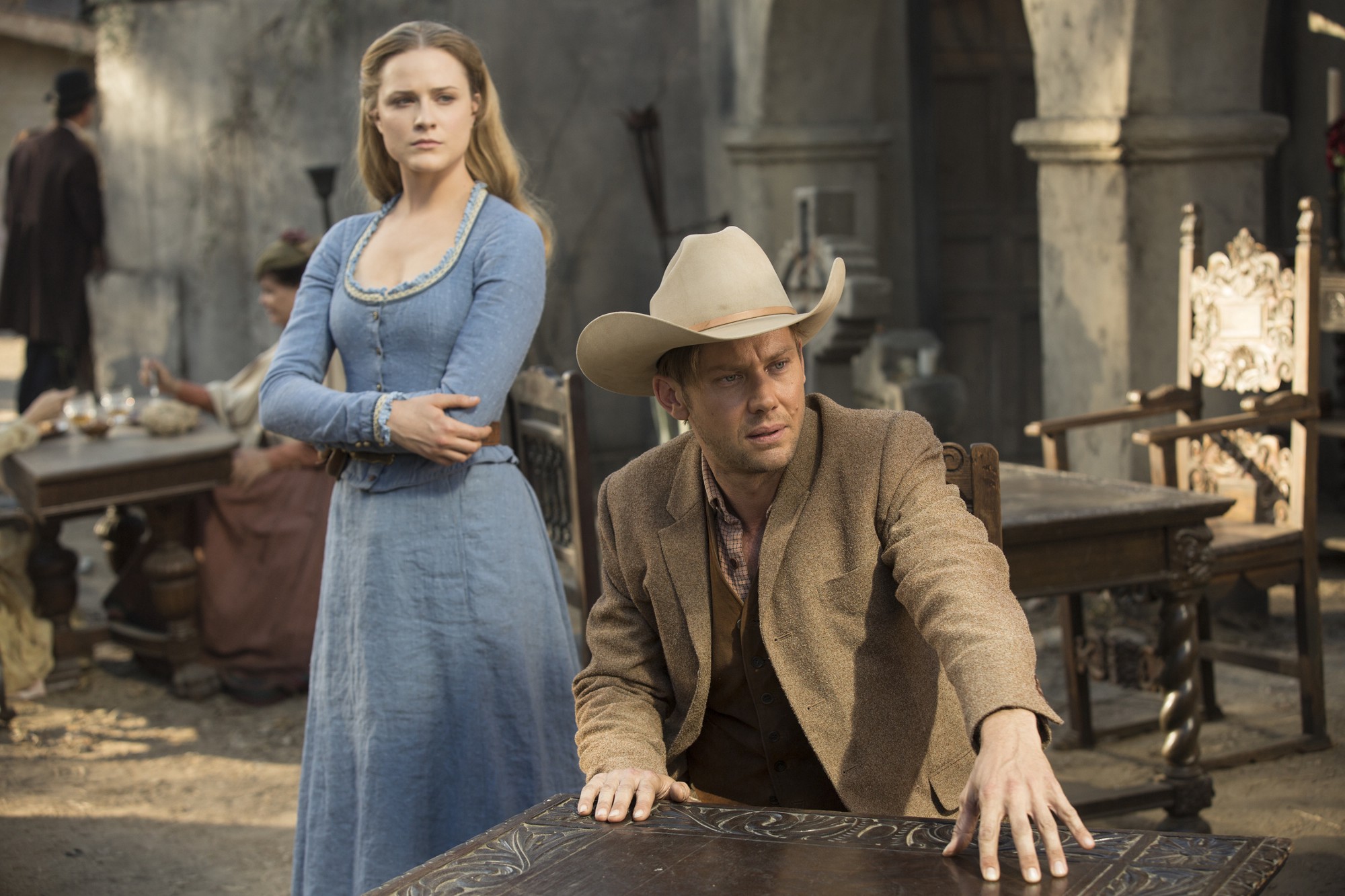 HULLFISH: In Avid, Frame View is thumbnails, Text view is just text in a list and Script View is the one that has the thumbnail and the room for extensive notes.
HULLFISH: In Avid, Frame View is thumbnails, Text view is just text in a list and Script View is the one that has the thumbnail and the room for extensive notes.
MARK YOSHIKAWA: I think we all organize our bins similarly but not exactly. So if we had to go peeking into other people’s bins to find something from the original footage we could find our way around each other’s projects. I do watch everything as well, and it does get to be a slog sometimes when there’s so much footage. Sometimes you can speed through other cameras if it’s the same performance. I think we owe it to everybody that worked on the project up to that point to watch everything – from the writing to the people on the set, because they shot it for a reason, hopefully, and so at least it’s got to go past our eyeballs at some point. Like Andy was saying, it’s the part in between the dialogue where you’re really finding the best moments.
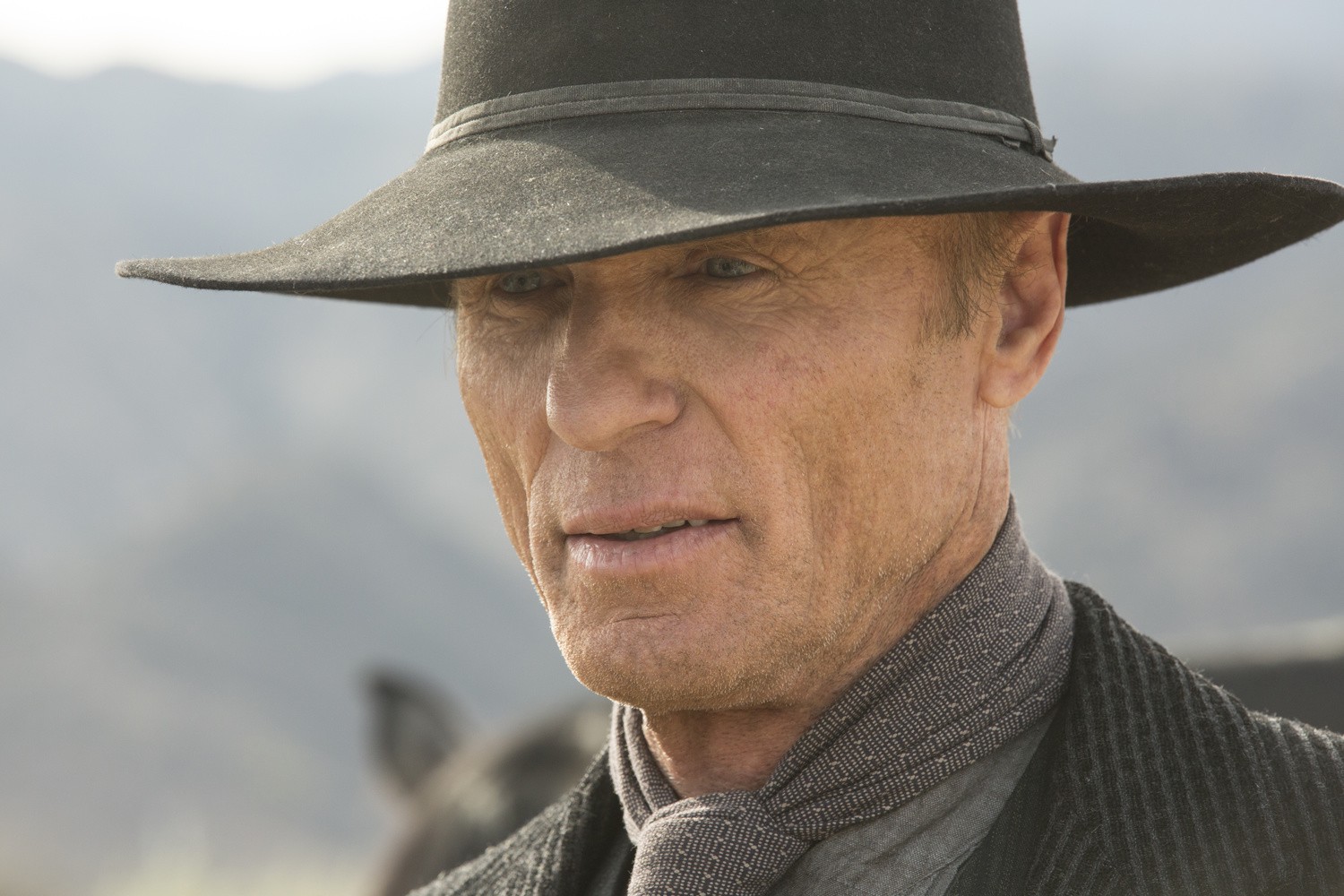 TANYA SWERLING: I’m typically very slow out of the gate because I do watch everything. It does help me formulate a cutting pattern as I watch. And as Andy said, as each take progresses, you can see the changes the director is making and maybe see some intent there. If a scene has a lot of footage, I will do a selects reel. But I will pull every beat from every take, it’s sort of like ScriptSync, except I’ll go through every frame in case there’s a good bit before or after dialogue. That string-out then makes me faster when I get into the process with the director or the producers. If they say “Let’s check a different performance for this line.” Well, I’ve got four or five of them strung together and I can play them quickly. I also think that if another editor is collaborating with me, it makes it easy for them to just grab that sequence and scan through it; it helps them get to know the material quickly.
TANYA SWERLING: I’m typically very slow out of the gate because I do watch everything. It does help me formulate a cutting pattern as I watch. And as Andy said, as each take progresses, you can see the changes the director is making and maybe see some intent there. If a scene has a lot of footage, I will do a selects reel. But I will pull every beat from every take, it’s sort of like ScriptSync, except I’ll go through every frame in case there’s a good bit before or after dialogue. That string-out then makes me faster when I get into the process with the director or the producers. If they say “Let’s check a different performance for this line.” Well, I’ve got four or five of them strung together and I can play them quickly. I also think that if another editor is collaborating with me, it makes it easy for them to just grab that sequence and scan through it; it helps them get to know the material quickly.
HULLFISH: I started doing the exact same thing, though instead of breaking up the set-ups into every single line, I’ll break them into slightly larger sub-scenes — sometimes it’s based on blocking or exchanges; for example: if there’re multiple characters, I’ll put the four or five lines between characters one and two together and then characters two and three talk and I’ll put those lines together instead of cutting up every single individual line of dialogue.
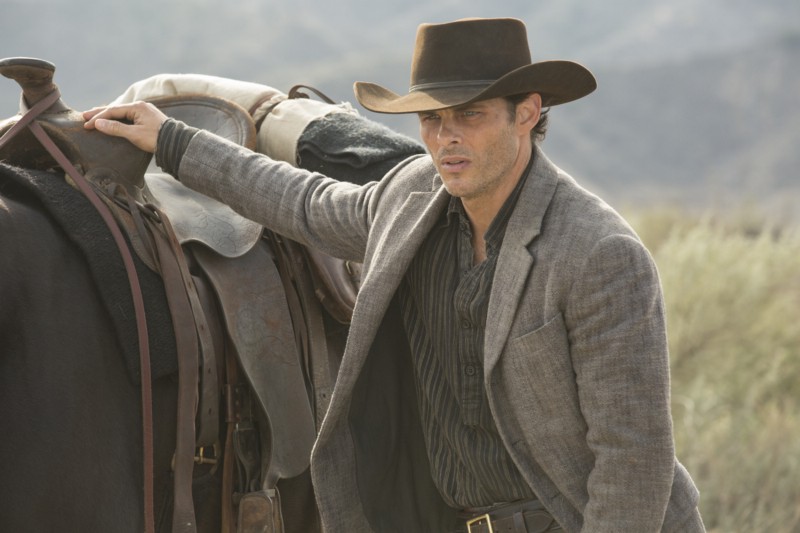 MARK YOSHIKAWA: Our assistants set up my bins so that all of the takes were arranged in Frame View and here’s one thing that may be different in my bins. I used to – if there were multiple cameras – have every single clip up. Lately I’ve been winnowing it down so that just the group clips are in my Frame view – I have a note of how many cameras are in each setup but not every single setup is shown. Then my assistant makes a KEM roll of every take into a single sequence. In other words: every single A and B camera, every single set-up in one long sequence and then that’s what I’ll end up using to screen dailies, like the old days. As I watch, I use a lot of locators in real time. This records my first impressions, which I find vitally important. I’ve started getting away from taking handwritten notes. I realized how archaic it was and I have been using a lot of locators now to find my selects. Then, I’ll build out a selects reel by line or section, similar to what Tanya does.
MARK YOSHIKAWA: Our assistants set up my bins so that all of the takes were arranged in Frame View and here’s one thing that may be different in my bins. I used to – if there were multiple cameras – have every single clip up. Lately I’ve been winnowing it down so that just the group clips are in my Frame view – I have a note of how many cameras are in each setup but not every single setup is shown. Then my assistant makes a KEM roll of every take into a single sequence. In other words: every single A and B camera, every single set-up in one long sequence and then that’s what I’ll end up using to screen dailies, like the old days. As I watch, I use a lot of locators in real time. This records my first impressions, which I find vitally important. I’ve started getting away from taking handwritten notes. I realized how archaic it was and I have been using a lot of locators now to find my selects. Then, I’ll build out a selects reel by line or section, similar to what Tanya does.
HULLFISH: I also do local clip colors in the timeline so that a scene is broken up by color into five or six sub-sections, which makes it easier to jump around in the performance reel to find what you want.
TANYA SWERLING: That’s really helpful.
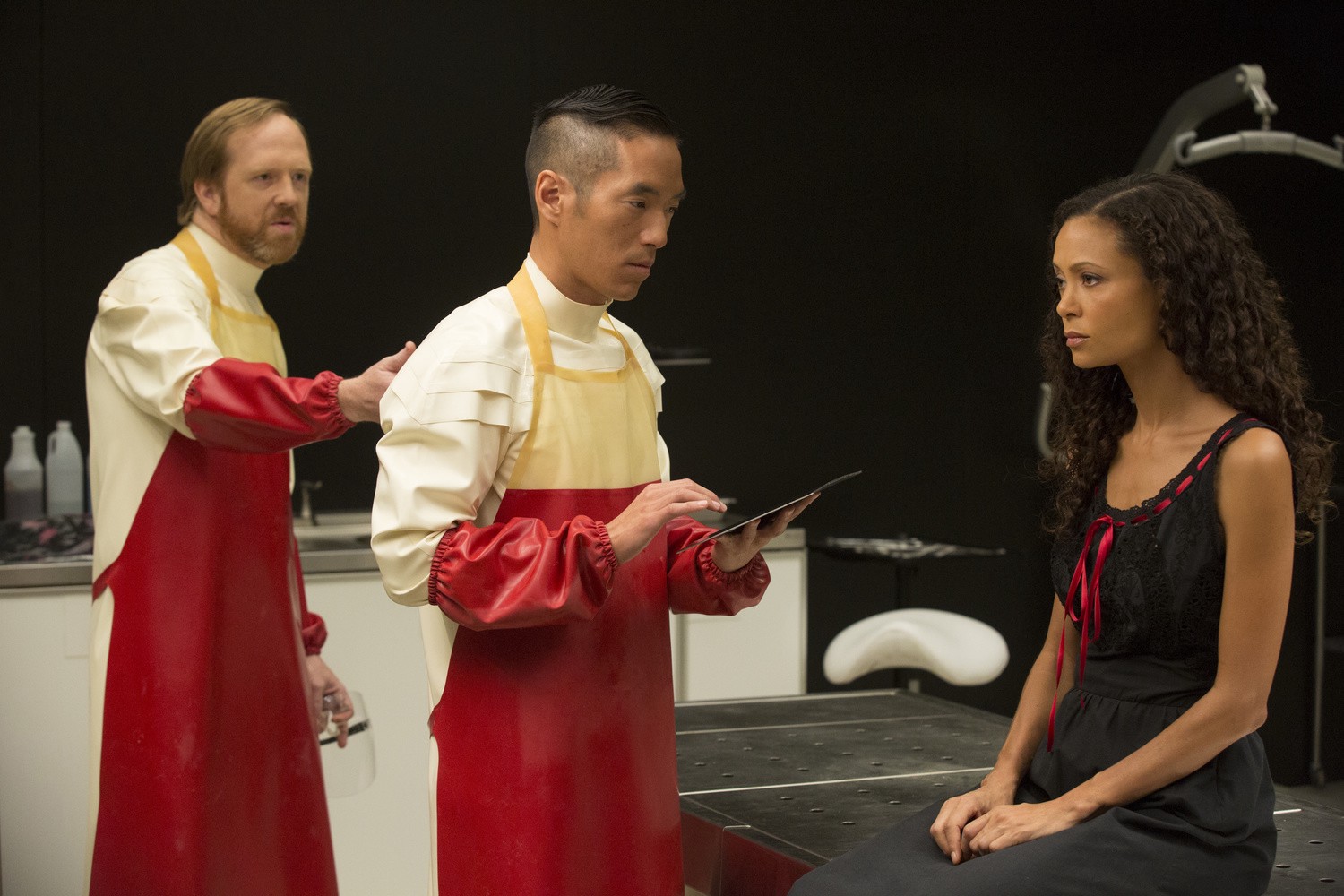 ANDREW SEKLIR: I started coloring the clips per scene over the course of the show, so that each story line had a separate color in the timeline. This was especially helpful in the Westworld finale which was 90 minutes long. I could easily navigate the timeline, “OK. That’s the Dolores scene that’s a Maeve scene.” It also gave me a global view of the structure of the episode, because structure is something we played with a lot within episodes and between episodes. And so being able to step back and see how scenes were laid out and intercut with each other rhythmically based on the colors was quite useful.
ANDREW SEKLIR: I started coloring the clips per scene over the course of the show, so that each story line had a separate color in the timeline. This was especially helpful in the Westworld finale which was 90 minutes long. I could easily navigate the timeline, “OK. That’s the Dolores scene that’s a Maeve scene.” It also gave me a global view of the structure of the episode, because structure is something we played with a lot within episodes and between episodes. And so being able to step back and see how scenes were laid out and intercut with each other rhythmically based on the colors was quite useful.
HULLFISH: Let’s talk about structure because the structure of Westworld is so interesting. I really love it. Are you finding that as you are editing a show that you’re finding better ways to keep the characters alive keep storylines alive?
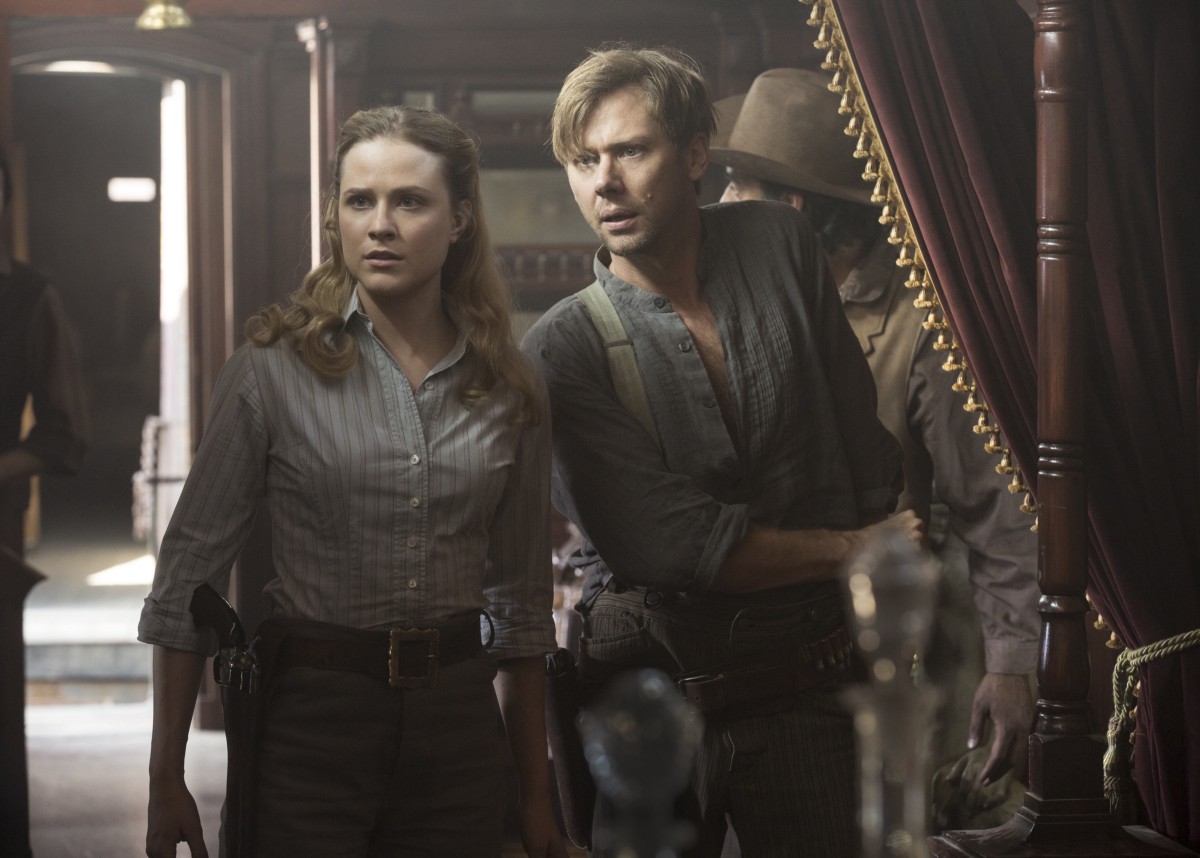 MARK YOSHIKAWA: It depends on the episode. I think some of the episodes kept the “script to screen” structure a little bit more intact, particularly at the beginning and at the end of the season. I think that’s how it is in any long form project. As you’re trying to figure out the story, the middle is where you tend to move stuff around more as you’re trying to figure out the pace and the best way to tell the story. Intercutting, changing the order, moving around scenes really helps you tell the story better. It’s the intercutting within an episode where I really enjoy the transformative qualities of editing. For example: in Episode 9, the last 20 minutes involve the “reveal” of Arnold, which had been set up the whole season. In the script, the Dolores & Bernard storylines were kept separate until near the very end of the reveal. Dolores was on her own journey of self-discovery and Bernard was diving into his own memories. They were two separate narratives within the episode that only came together at the very end. I really had a good time working backwards and beginning the intercut earlier, so that their individual narratives felt like they were on a collision course toward each other. This was achieved by shifting the perspectives between Dolores and Bernard, recalling flashbacks/memories from earlier episodes and keeping the off-screen Ford dialogue running under Dolores. They became interconnected. And that was not necessarily in script. The idea was there and Jonah and Lisa had this idea planned out for ages, but the actual execution of it is something we all found in the editing room, which was really fun.
MARK YOSHIKAWA: It depends on the episode. I think some of the episodes kept the “script to screen” structure a little bit more intact, particularly at the beginning and at the end of the season. I think that’s how it is in any long form project. As you’re trying to figure out the story, the middle is where you tend to move stuff around more as you’re trying to figure out the pace and the best way to tell the story. Intercutting, changing the order, moving around scenes really helps you tell the story better. It’s the intercutting within an episode where I really enjoy the transformative qualities of editing. For example: in Episode 9, the last 20 minutes involve the “reveal” of Arnold, which had been set up the whole season. In the script, the Dolores & Bernard storylines were kept separate until near the very end of the reveal. Dolores was on her own journey of self-discovery and Bernard was diving into his own memories. They were two separate narratives within the episode that only came together at the very end. I really had a good time working backwards and beginning the intercut earlier, so that their individual narratives felt like they were on a collision course toward each other. This was achieved by shifting the perspectives between Dolores and Bernard, recalling flashbacks/memories from earlier episodes and keeping the off-screen Ford dialogue running under Dolores. They became interconnected. And that was not necessarily in script. The idea was there and Jonah and Lisa had this idea planned out for ages, but the actual execution of it is something we all found in the editing room, which was really fun.
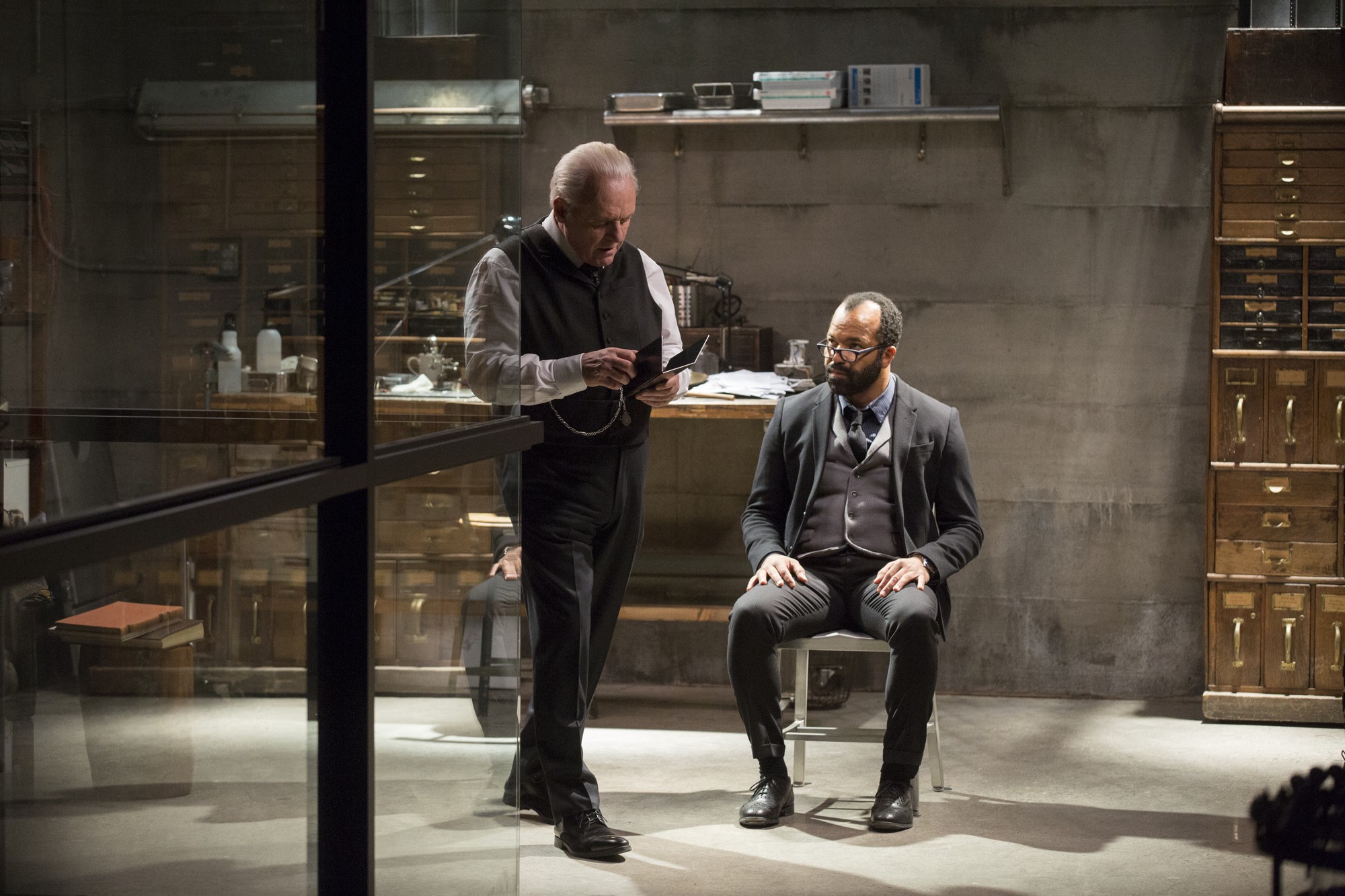 HULLFISH: I can see that the idea of color coding your scenes could be very valuable in an instance like that where you’re trying to figure out how long you’ve been in one character’s perspective before you move to the next storyline.
HULLFISH: I can see that the idea of color coding your scenes could be very valuable in an instance like that where you’re trying to figure out how long you’ve been in one character’s perspective before you move to the next storyline.
MARK YOSHIKAWA: Right. Or how long it’s been since you were with one of the characters.
HULLFISH: You need to keep them “alive” and you don’t want to be away from anyone too long, right?
MARK YOSHIKAWA: Right. That goes even between episodes as well. We found we were trying to put too many characters and storylines into one episode and that’s actually the impetus for a lot of the moving of scenes between episodes. We wanted to block them together more. I think that happened a lot with some of Tanya and Andy’s scenes later in the season.
STEVE SEMEL: Some of the earlier cuts felt overwhelming because you weren’t able to become invested in so many characters. And that was quite an extensive exploration process – to figure out how to optimize that, how to pace it and serve all the stories and all the characters.
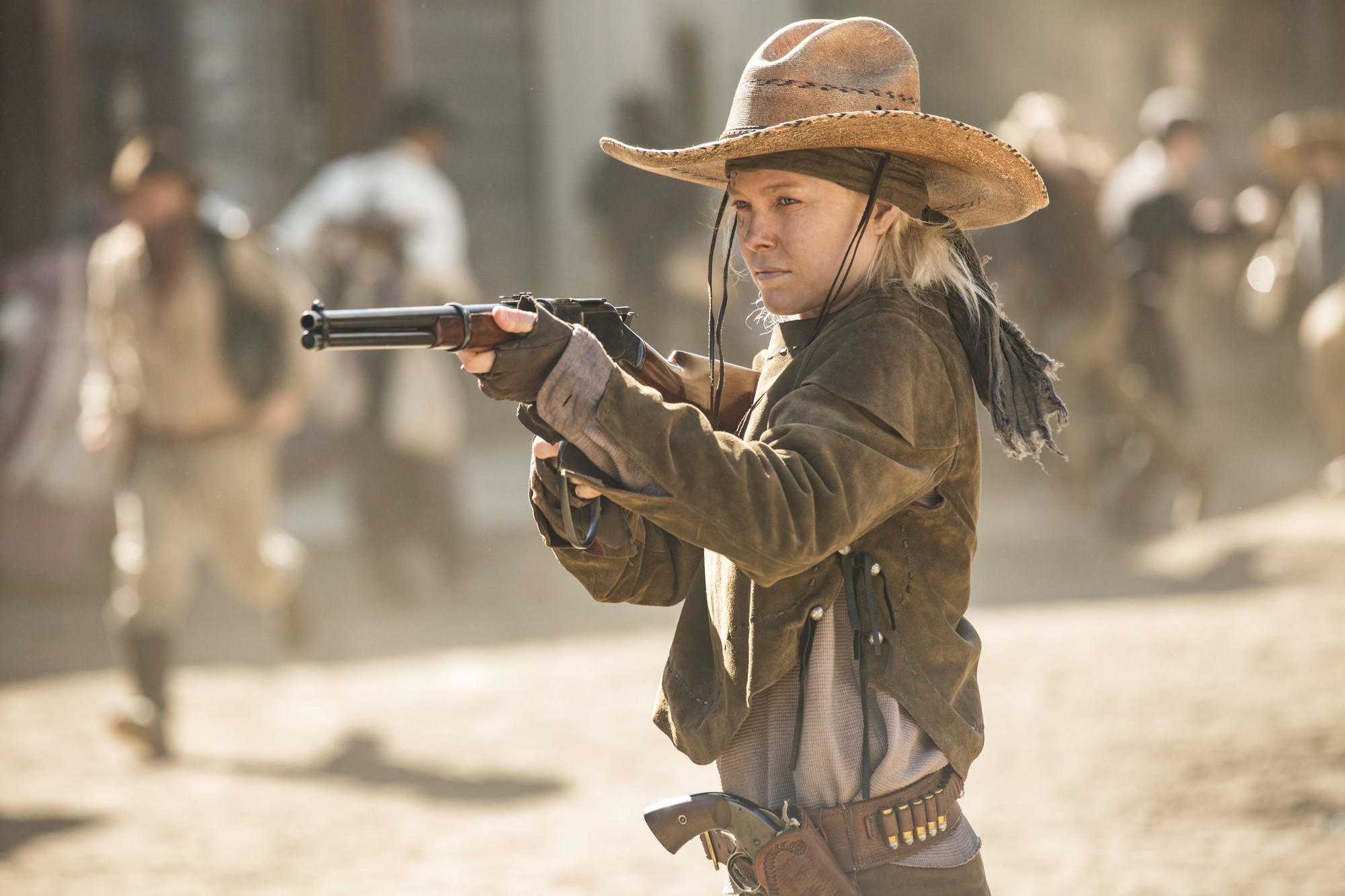 HULLFISH: Somebody mentioned to me that sometimes in a script, there’s too much intercutting because it makes the script interesting to read, but then when you edit it together you find that you need to kind of block some of those intercuts into a single exchange. Are you finding that?
HULLFISH: Somebody mentioned to me that sometimes in a script, there’s too much intercutting because it makes the script interesting to read, but then when you edit it together you find that you need to kind of block some of those intercuts into a single exchange. Are you finding that?
ANDREW SEKLIR: I often find that that’s the case, not just on this show but on other shows, because the script page is very democratic: everything more or less has the same weight when you read it in the script, but once something is shot – once you have specific actors in that scene in a location with lighting and with whatever’s going on in the scene – then very quickly things start to take on a different weight and texture and importance and that’s not something that you can really measure or quantify before you shoot it or before you edit it. So once it comes together everyone should be re-evaluating what they have. I think that to Jonah and Lisa’s credit, they’re creatively confident enough to let the editors explore options and we were given space to present them with ideas and solutions that were outside the box. Some showrunners are not as comfortable with that, but they certainly were open to that with us and collaborative with us: really embracing the idea that the editing was the final writing of the show.
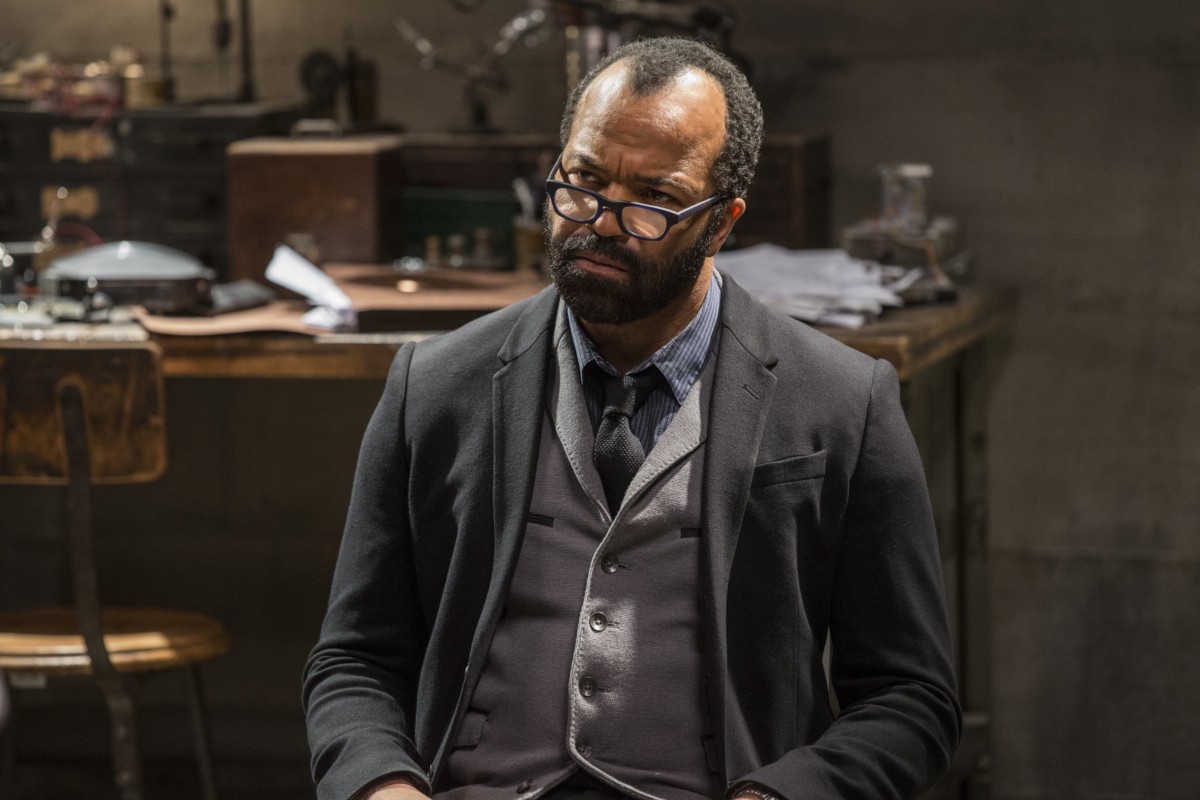 HULLFISH: Do you guys find when you’re presenting something that you’ve cut differently from the script that you need to prepare the showrunner or prepare the director before they see something?
HULLFISH: Do you guys find when you’re presenting something that you’ve cut differently from the script that you need to prepare the showrunner or prepare the director before they see something?
MARK YOSHIKAWA: I tend to not to stray too far from the script on the first go ‘round. I want to show them what they wrote and shot. We owe it to everyone that has worked to get it to this point, from page to our Avids. I also think it’s usually best to initially leave in every line and present everything in the order that it was originally written. So that by the time that you’re proposing a scene move or a line omission or anything like that, they know you gave it your best faith effort to make what was on that page work. But now you can show them that there’s a better way. Often I will prepare them with an idea, so they understand the reasoning behind it. Depending on the open mindedness of the producer or director, rarely do I just hit play and just say, “Hey check this out!”. I’ll usually prepare them a little bit.
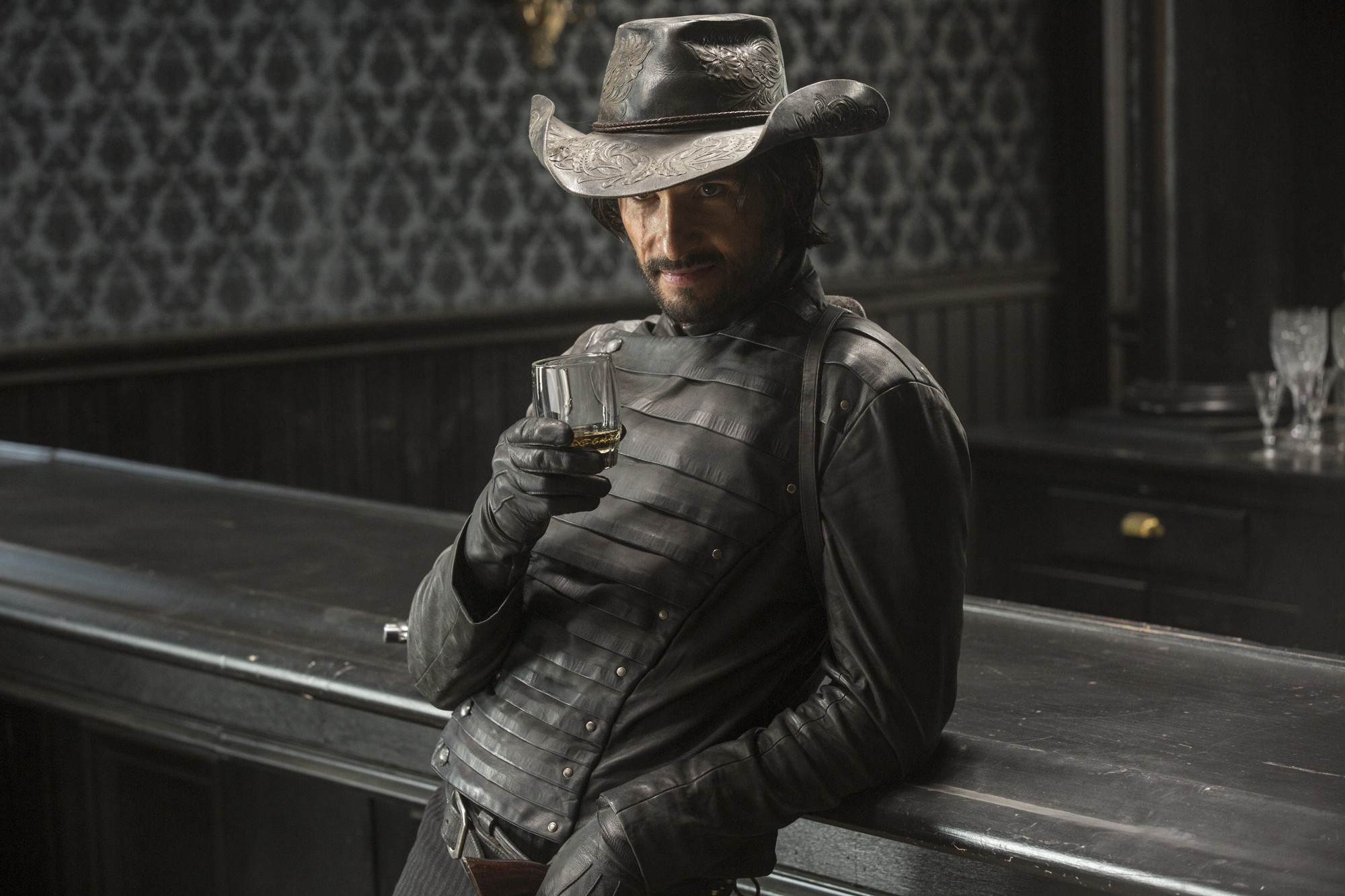 TANYA SWERLING: I’m the same way. A lot of times I’ll actually try something during my editor’s cut, but I will have that in a separate bin. And if a discussion comes up with the director and they’re not interested, I don’t go any further with it. Then I wait for the producers. And same thing there, even if they’re liking the way it’s working, there’s no reason not to look at a alternate version just to see if it’s more interesting, or offers some cool, different element to the scene and sometimes you end up with a hybrid version of the scene. You’ve got what was scripted and shot and then some crazy idea I might have and then that inspires the producers to shift it even more. I think the technology is so great with the ability to try anything that I don’t see why we shouldn’t. But I feel like there’s definitely a protocol in the editing room and I’m very uncomfortable breaking that. I don’t feel like it’s my job to show the director what they didn’t do right. (the group laughs) I think we’ve all experienced the long sweeping shot that finds somebody at the doorstep knocking on the door and we all know the show runners are going to cut that entire move out and we’re going to pre-lap a knock and come in on the door opening. But the director obviously wants to see the beautiful film that he or she shot and as Mark said I feel like I owe them the respect to see their work in full. And it’s worth the show runners seeing the film, because every once and a while we get to keep a beautiful, cinematic shot in the show!
TANYA SWERLING: I’m the same way. A lot of times I’ll actually try something during my editor’s cut, but I will have that in a separate bin. And if a discussion comes up with the director and they’re not interested, I don’t go any further with it. Then I wait for the producers. And same thing there, even if they’re liking the way it’s working, there’s no reason not to look at a alternate version just to see if it’s more interesting, or offers some cool, different element to the scene and sometimes you end up with a hybrid version of the scene. You’ve got what was scripted and shot and then some crazy idea I might have and then that inspires the producers to shift it even more. I think the technology is so great with the ability to try anything that I don’t see why we shouldn’t. But I feel like there’s definitely a protocol in the editing room and I’m very uncomfortable breaking that. I don’t feel like it’s my job to show the director what they didn’t do right. (the group laughs) I think we’ve all experienced the long sweeping shot that finds somebody at the doorstep knocking on the door and we all know the show runners are going to cut that entire move out and we’re going to pre-lap a knock and come in on the door opening. But the director obviously wants to see the beautiful film that he or she shot and as Mark said I feel like I owe them the respect to see their work in full. And it’s worth the show runners seeing the film, because every once and a while we get to keep a beautiful, cinematic shot in the show!
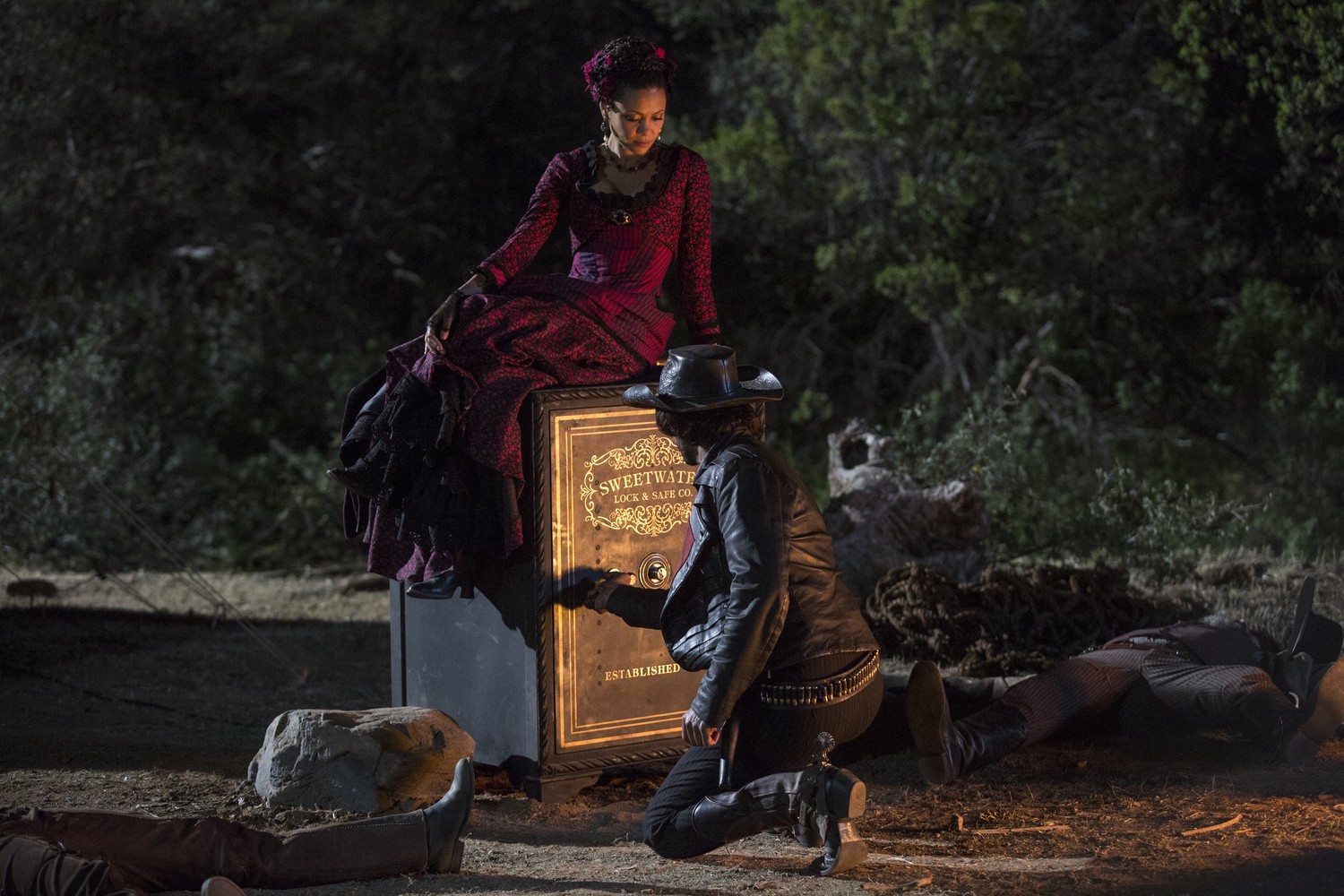 STEVE SEMEL: Dennis Virkler, who was one of my editing mentors, once explained to me what he tried to accomplish in his editor’s cut. He would tell the director and the producer, “If I showed you the final locked cut as my editor’s cut you’d fire me.” (the group laughs)
STEVE SEMEL: Dennis Virkler, who was one of my editing mentors, once explained to me what he tried to accomplish in his editor’s cut. He would tell the director and the producer, “If I showed you the final locked cut as my editor’s cut you’d fire me.” (the group laughs)
TANYA SWERLING: That’s brilliant.
HULLFISH: There is a process that the director and the producers need to go through to get to that locked cut because if there’s no process then they don’t trust it.
STEVE SEMEL: Definitely. Some writers, directors, and showrunners see the scene in their head a certain way. They want to see that version the first time – to see how close they can get the material to that idea in their head. Then they’re able to judge, “OK, this works great or this didn’t work as great as I thought it would.” And then you go from there. But if you don’t first satisfy that itch for them, then you often tend to go backwards before you can go forwards. If you have the time, create an alt version that addresses your concerns and which you’re ready to present after they watch the Editor’s cut.
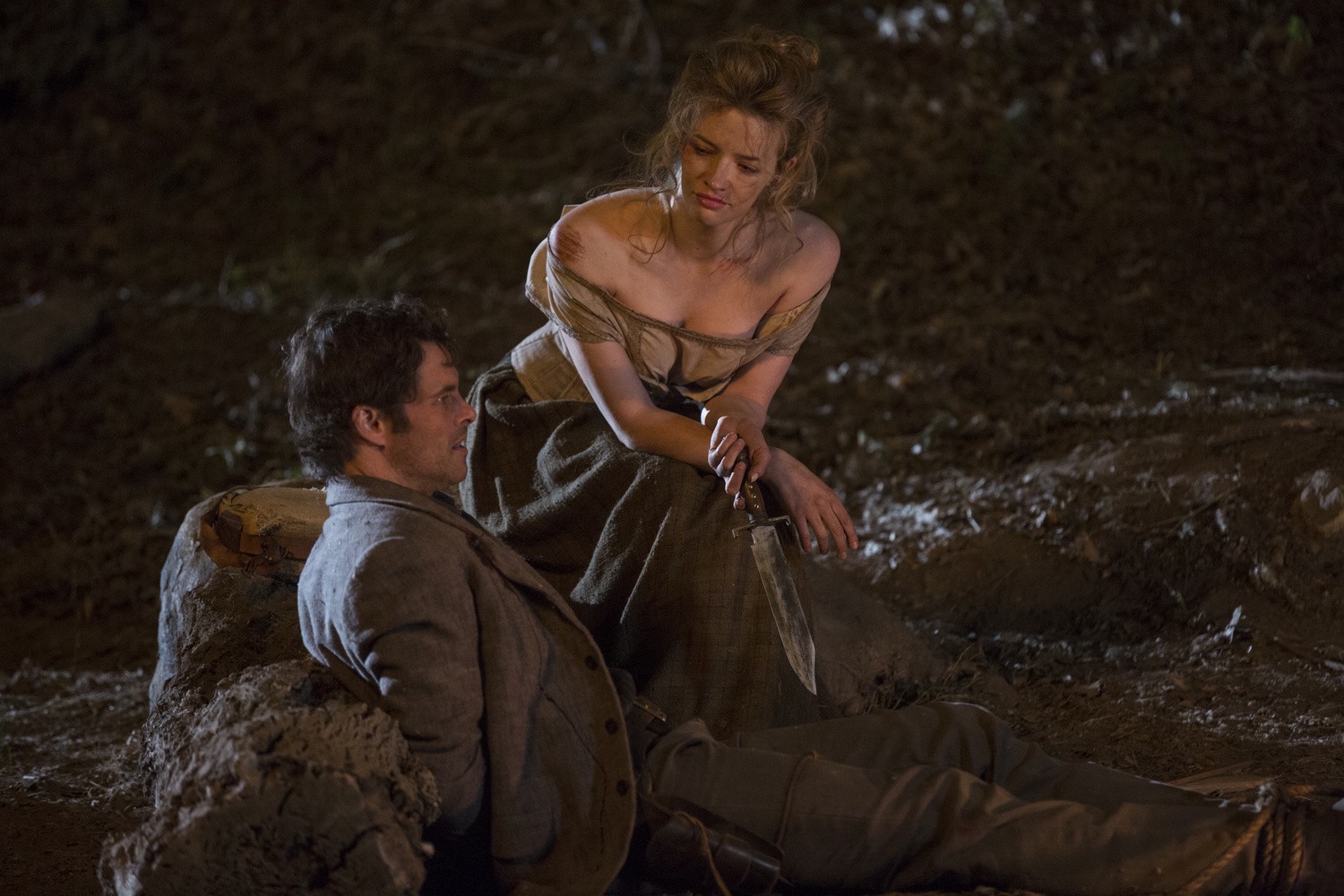 MARK YOSHIKAWA: Jonah and Lisa, the showrunners for this project, were so wonderful as far as letting us explore and then adding to it; because they lived with these stories and these characters in this whole world for so long. We would suggest a scene move and it would inspire them to even further elaborate on it or even re-write new off-screen dialogue that might help really sell what we were going for.
MARK YOSHIKAWA: Jonah and Lisa, the showrunners for this project, were so wonderful as far as letting us explore and then adding to it; because they lived with these stories and these characters in this whole world for so long. We would suggest a scene move and it would inspire them to even further elaborate on it or even re-write new off-screen dialogue that might help really sell what we were going for.
STEVE SEMEL: We were sometimes used as guinea pigs. I had the same experience on Lost, where there were story secrets that the writers knew that no one else knew – that the cast didn’t necessarily know – and the cast of Westworld has also said this in interviews. But we were used as guinea pigs to see what we could figure out and what we couldn’t and what was unintentionally misleading that they, the writers, hadn’t anticipated. That was kind of an added aspect to this that doesn’t necessarily exist on something that’s less of a puzzle.
HULLFISH: The edit suite is really a place of trust between the editor and the director especially in feature films. You have to feel comfortable to try anything. Talk to me about trust just amongst the editors.
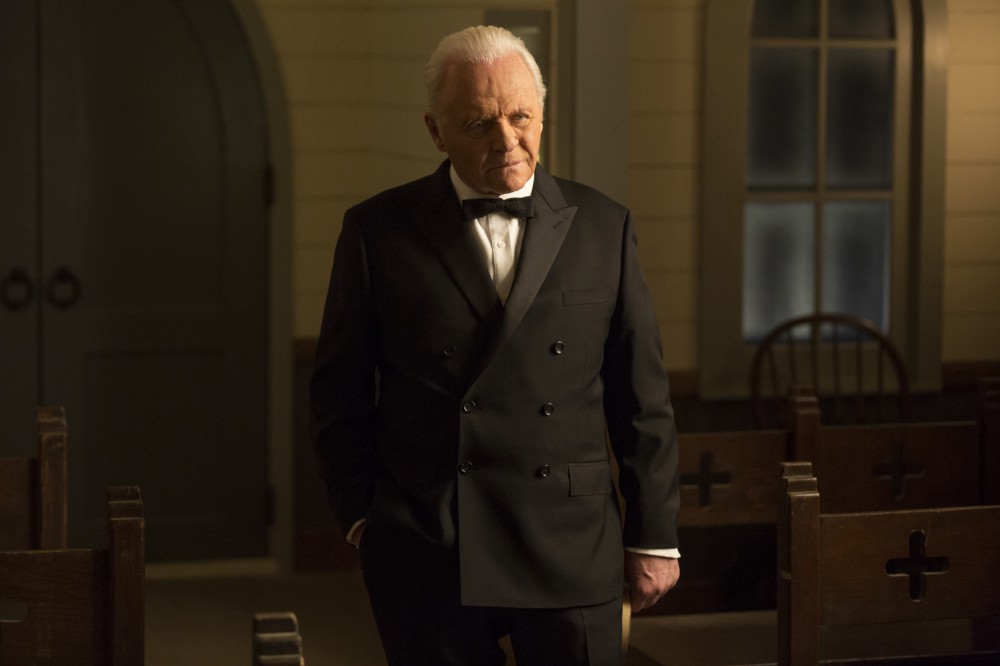 TANYA SWERLING: I totally connected with everybody right away, and respected their work and their approach to the material. The minute we started sharing scenes, I initially thought, “Oh but, I spent so much time on that scene. I want to be the one to finish it!” Yet I knew it was in capable hands, and Mark and Andy were going to pursue the betterment of the scene. I felt comfortable and trusted them. It wasn’t just my work anymore. It was their work too. It was to their benefit as well to make the scene better. Trust came easily for me because Steve, Mark and Andy are talented professionals, and would only make the project better. We all shared a common goal and we knew how special this show was. All of us wanted to be a part of making it the best we could.
TANYA SWERLING: I totally connected with everybody right away, and respected their work and their approach to the material. The minute we started sharing scenes, I initially thought, “Oh but, I spent so much time on that scene. I want to be the one to finish it!” Yet I knew it was in capable hands, and Mark and Andy were going to pursue the betterment of the scene. I felt comfortable and trusted them. It wasn’t just my work anymore. It was their work too. It was to their benefit as well to make the scene better. Trust came easily for me because Steve, Mark and Andy are talented professionals, and would only make the project better. We all shared a common goal and we knew how special this show was. All of us wanted to be a part of making it the best we could.
MARK YOSHIKAWA: The collaboration between Tanya, Andy and myself was really important. There needed to be trust there, because as Tanya mentioned, you just hand over your scenes and you don’t know where they will end up. I remember watching one of the episodes, and thought to myself thought “Oh, that’s where that scene ended up.”
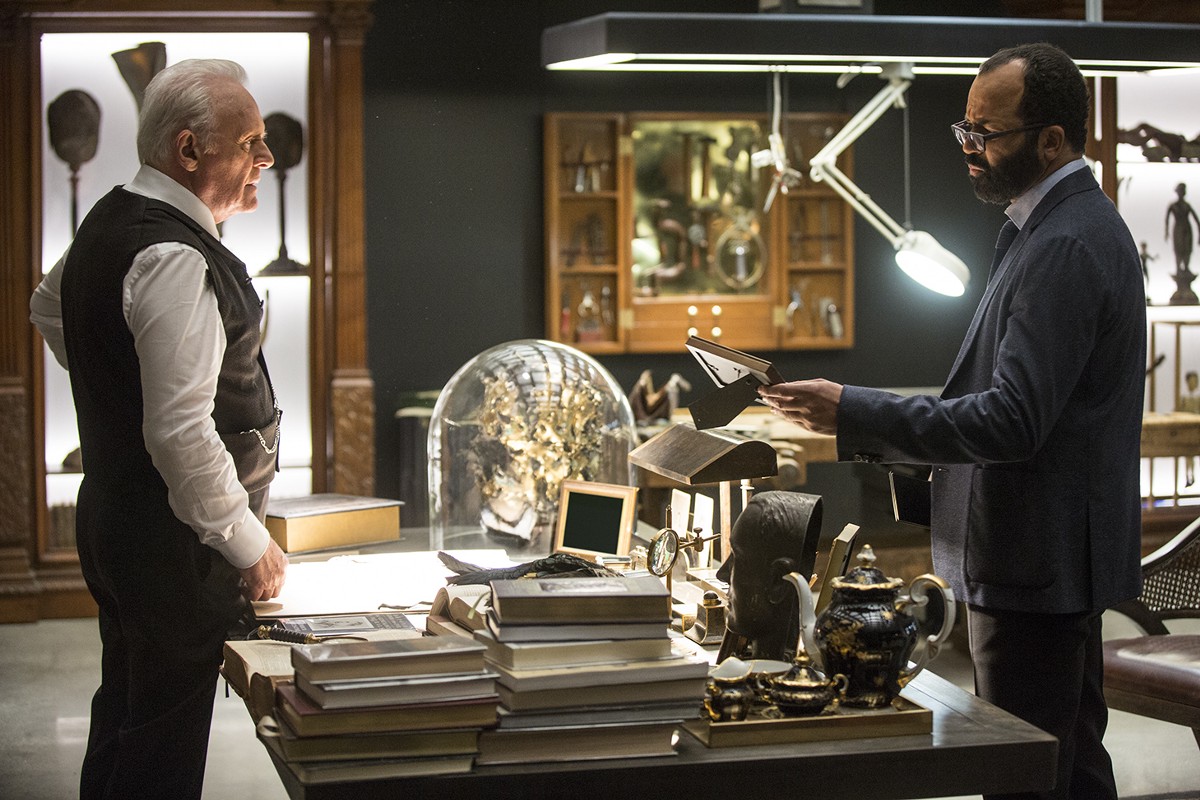 ANDREW SEKLIR: It’s kind of hard to give up a scene you cut. It’s like giving up your baby for adoption. I can recall a couple of times where Mark inherited some scenes from me and the way he cut them was not something that I would’ve thought of. And I remember thinking, “This really improves the scene.” So in the end, I really enjoy seeing what other people would do with material that I’d also been working with, it was very educational. I had no problem trusting Mark and Tanya.
ANDREW SEKLIR: It’s kind of hard to give up a scene you cut. It’s like giving up your baby for adoption. I can recall a couple of times where Mark inherited some scenes from me and the way he cut them was not something that I would’ve thought of. And I remember thinking, “This really improves the scene.” So in the end, I really enjoy seeing what other people would do with material that I’d also been working with, it was very educational. I had no problem trusting Mark and Tanya.
STEVE SEMEL: I’ve worked with a whole lot of editors both as fellow editors and as a producer and pretty much everybody that I’ve worked with is talented and has a great deal of skill and polish because they wouldn’t be working consistently if they didn’t. But everybody comes at it from a different point of view, and has a different process, and everybody’s process can benefit the show. I want to take advantage of somebody else’s point of view, because I stand to learn what they bring to the table and add that to my own tool kit. And I just think we had the luxury of time. We took that kind of collaboration and trust to a higher place than you might on a more conventionally scheduled project. But when you’re with a bunch of talented people, take advantage of their talent and share your own.
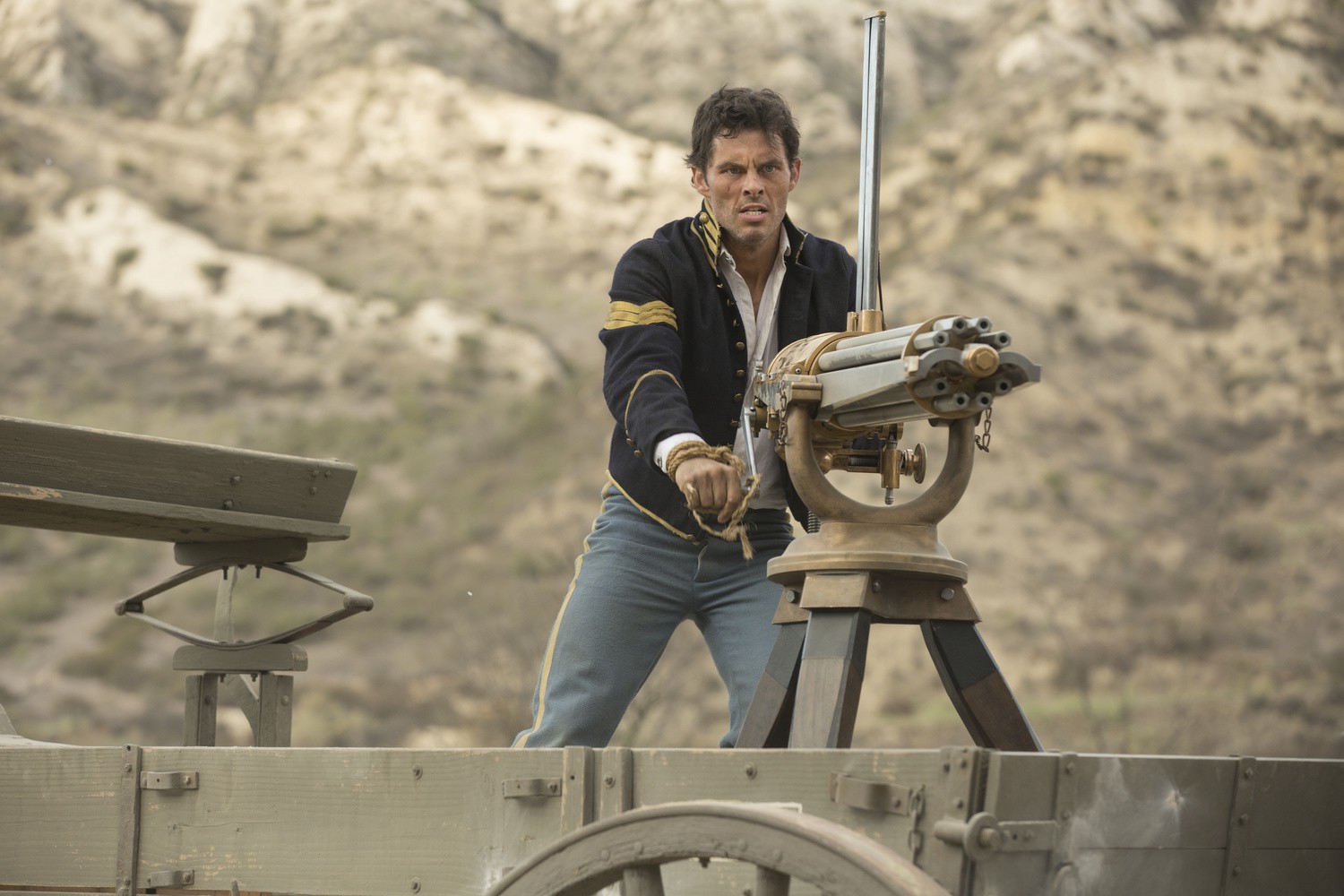 HULLFISH: Mark, when I interviewed you and Alan Bell, I asked him why he chose you to edit with him and he talked about political trust. He obviously trusted your skills as an editor but he also said, “I knew he was going to stab me in the back.”
HULLFISH: Mark, when I interviewed you and Alan Bell, I asked him why he chose you to edit with him and he talked about political trust. He obviously trusted your skills as an editor but he also said, “I knew he was going to stab me in the back.”
MARK YOSHIKAWA: That’s funny. I think some situations, in both production and post production there are political issues. In other situations there are less political issues. There’s always going to be a hierarchy in a film or television project, as there should be, because when there isn’t then then the chaos that ensues is often counter-productive. I think Jonah and Lisa are very much about collaborating and fostering an environment and an atmosphere in which everybody gets to do their best. You’re not shot down for having an opinion out of left field. Nobody is right 100 percent of the time, and I know I say things that are ridiculous at times but, I think in the moment are probably correct. But we know there can also be a great idea in there. And if you’re in a situation where you fear saying something that’s out of the box because you think that somebody else is going to shoot you down or stab you in the back or steal it from you, that sucks. That’s a bad way to work.
HULLFISH: That kind of reminds me of the discussion that sometimes even a bad note from the studio or the director or an audience can lead you in the right direction.
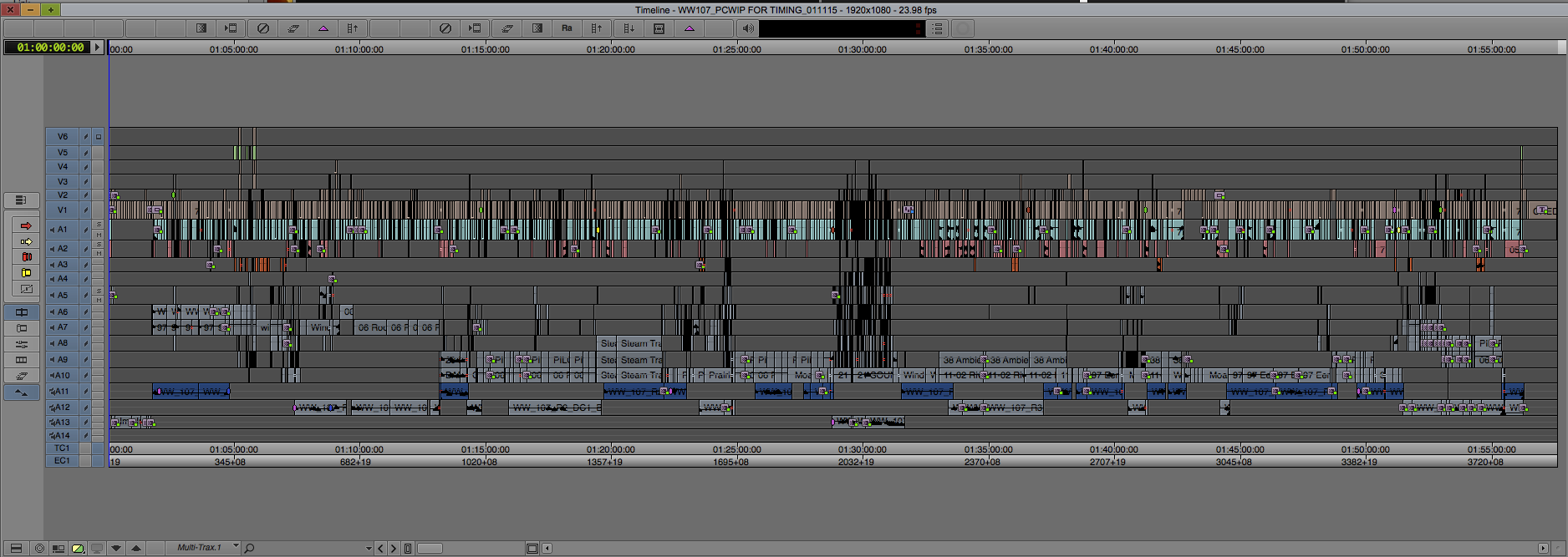 STEVE SEMEL: Totally. A bad note often addresses a problem. It might not be the right note but it doesn’t mean the problem isn’t there or that something can’t be improved. In production you have a finite amount of time to shoot a scene and you’ve got to make a decision that you can’t back away from because the light is disappearing or you have to go on to shoot the next scene. But, in editing and writing, you get to do it more than once. So I am not going to listen to an idea in the editing room and then say, “I’m not going to do that because it’s a bad idea.” We’ll have a conversation that results in a different idea, or I’ll convince you of my point of view, or you’ll persuade me to try yours, but just to dismiss something isn’t useful.
STEVE SEMEL: Totally. A bad note often addresses a problem. It might not be the right note but it doesn’t mean the problem isn’t there or that something can’t be improved. In production you have a finite amount of time to shoot a scene and you’ve got to make a decision that you can’t back away from because the light is disappearing or you have to go on to shoot the next scene. But, in editing and writing, you get to do it more than once. So I am not going to listen to an idea in the editing room and then say, “I’m not going to do that because it’s a bad idea.” We’ll have a conversation that results in a different idea, or I’ll convince you of my point of view, or you’ll persuade me to try yours, but just to dismiss something isn’t useful.
ANDREW SEKLIR: I totally agree with what Steve is saying. I feel, as an editor, you just have to try things. Not all notes are great notes but sometimes it’s just an opportunity to put a magnifying glass over that section of the material and see what’s really going on there. How is it working? How is it not working? How could it be better? What’s the note behind that note? As supervising editor or producer, I have sometimes approached other editors with an idea and they’re very skeptical of and tentative about doing it. And I think part of that is this anxiety that they feel they’ve gotten a scene to work for the show in a certain way and if they start unraveling it, they feel it’s all going to fall apart. Sometimes it’s hard to overcome that. You don’t want to mess it up, but I think with the tools that we have today, we need to set that aside and feel like even if it gets messed up, you can always go back to your previous version. Just try it, because you never know.
https://vimeo.com/186410167
Good is the enemy of great. A lot of times you get something to be good and then you stop there because you feel like. “Well, it’s good.” People are sometimes inclined to settle for good and not push for great. I think everybody on this show really wanted to push for great and that was really nice to see. Everybody was constantly engaged in the process of “How do you make it better?”
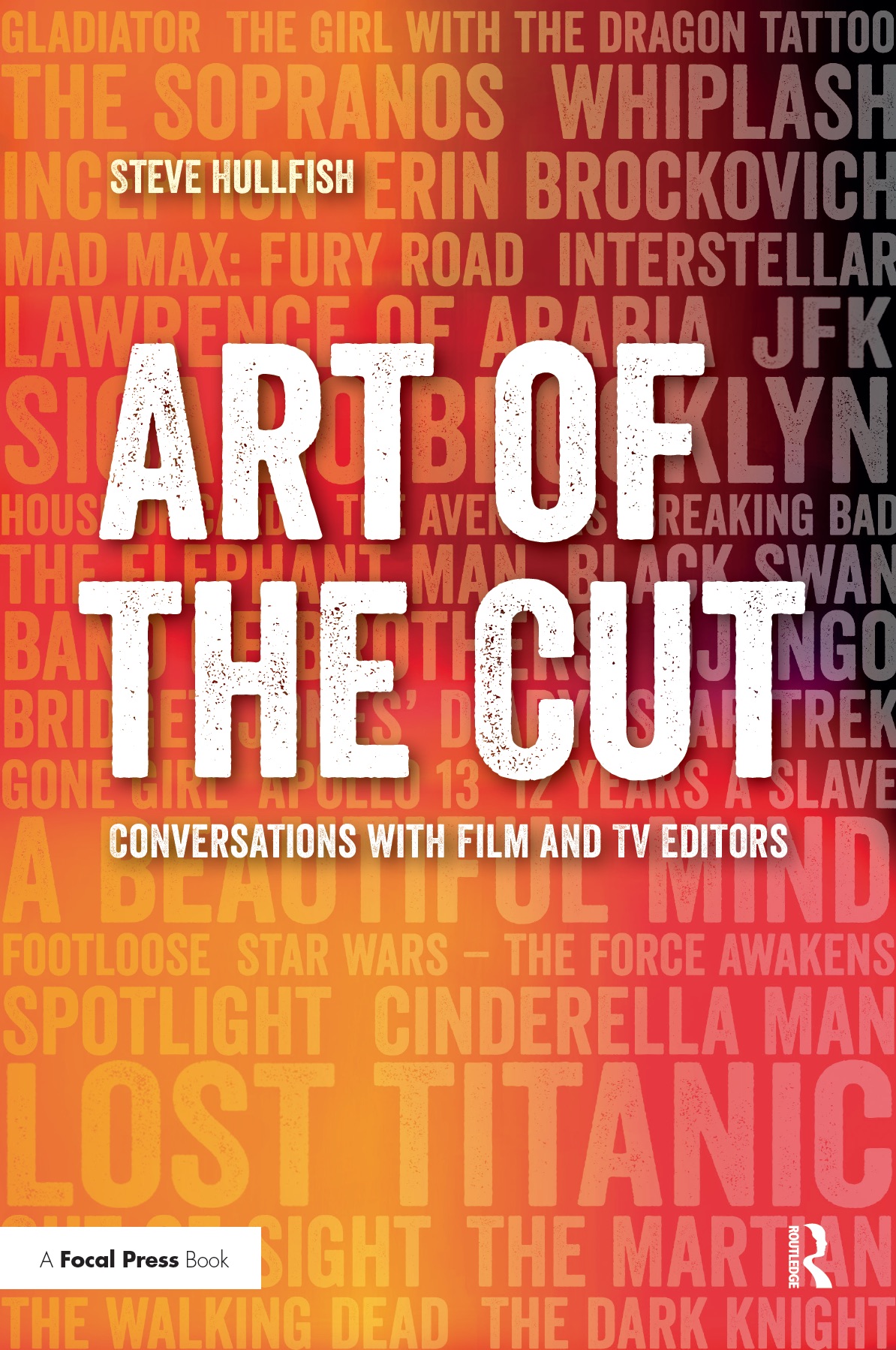 To read more interviews in the Art of the Cut series, check out THIS LINK and follow me on Twitter @stevehullfish
To read more interviews in the Art of the Cut series, check out THIS LINK and follow me on Twitter @stevehullfish
This interview was transcribed with speedscriber.com
The Art of the Cut interviews have been curated into a book that will be released March 10th and is available for pre-order on Amazon now. The book is not a mere collection of interviews, but a topical virtual roundtable discussion by 50 of the world’s top editors – who among them have more than a dozen Oscars and more than 40 nominations, not to mention dozens of Emmys. The topics include pacing, storytelling, structure, music, sound effects and collaboration.

Filmtools
Filmmakers go-to destination for pre-production, production & post production equipment!
Shop Now